The seventeenth day of songs in this series.
In the last sixteen days, we have taken up songs of eight male singers: Talat Mahmood, Manna Dey, Kishore Kumar, Mohammad Rafi, Mukesh, Hemant Kumar, Mahendra Kapoor and SD Burman. We also took up songs of eight female singers: Lata Mangeshkar, Asha Bhosle, Suman Kalyanpur, Shamshad Begum, Geeta Dutt, Uma Devi (Tun Tun), Suraiya and Zohrabai Ambalewali.
Tonight, we shall take up a song of our ninth male singer: Kundan Lal Saigal, not just the first Singing-Star in Hindi films but also the first Super-Star, much before Rajesh Khanna.
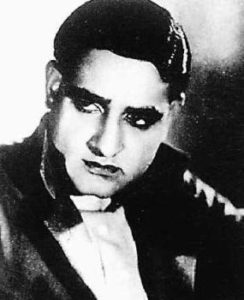 If you ask any person of my era, what is the commonest comment about Kundanlal Saigal that you are likely to hear. Only this: “My dad used to love his singing.” It was the same with my dad too. My dad’s favourite was Baabul mora naihar chhoto hi jaaye. I gave you that song as my first post on Raag Bhairavi in Raaga Based Songs Of The Day #11 since that is the finest example of Bhairavi in Hindi films songs.
If you ask any person of my era, what is the commonest comment about Kundanlal Saigal that you are likely to hear. Only this: “My dad used to love his singing.” It was the same with my dad too. My dad’s favourite was Baabul mora naihar chhoto hi jaaye. I gave you that song as my first post on Raag Bhairavi in Raaga Based Songs Of The Day #11 since that is the finest example of Bhairavi in Hindi films songs.
So much is the popularity of this singer and actor that many people can’t imagine that he died on 18 Jan 1947 (at the age of 42 years only) when most people of our generation were not even born. He was born to Amarchand Saigal, a Tehsildar in the court of the Raja of Jammu and Kashmir. The singing influence on him was that of his mother Kesarbai Saigal. As a child he used to attend bhajans and kirtans with her. In his youth, he joined Remington Typewriter Company and had to travel all over India. In Shillong he came in touch with Mehrchand Jain who encouraged Saigal’s singing. In later years, KL Saigal credited Jain for having launched his career as a singer.
In the early 1930s, classical musician and music director Harishchandra Bali brought KL Saigal to Calcutta and introduced him to RC Boral who took an instant liking to his talents. Saigal was hired by BN Sircar’s Calcutta-based film studio New Theatres on a contract of Rs. 200 per month. There he came into contact with contemporaries like Pankaj Mullick, KC Dey and Pahari Sanyal.
Rest is history.
The first film in which Saigal had a role was the film Mohabbat Ke Ansu, followed by Subah Ka Sitara and Zinda Lash, all released in 1932. However, these films did not do very well. Saigal used the name Saigal Kashmiri for his first three films and used his own name Kundan Lal Saigal (KL Saigal) from Yahudi Ki Ladki (1933).
As a youngster, Lata Mangeshkar is alleged to have said that she wanted to marry KL Saigal after seeing his performance in Chandidas (1934).
Saigal picked up Bengali very well and acted in seven Bengali films, produced by New Theatres. Rabindranath Tagore first heard Saigal before giving consent for the first time to a non-Bengali singing his songs. Saigal endeared himself to the whole of Bengal through his 30 Bengali songs.
In Dec 1941 he moved to Bombay and in 1947, seven months before independence, he died. The over use of alcohol, which he took to in his later years, finally had its toll on him.
Parwana (1947) was his last film, released after his death, in which he sang under the baton of Khawaja Khurshid Anwar. The four songs which Saigal sang in Parwana are: “Toot gaye sab sapne mere”, “Mohabbat mein kabhi aisi bhi haalat”, “Jeene ka dhang sikhaae ja”, and “Kahin ulajh na jaana”.
Some of my favourite songs of KL Saigal are: Ai qaatib-e-taqadeer mujhe itnaa bata de, Do naina matwaare tihaare ham pe zulm karen (Meri Behan, 1944), Babul mora naihar chhooto hi jaye (Street Singer, 1938), Baag laga doon sajani, Barso re barso re, Diya jalayo jagmag jagmag (Tansen, 1943), Chaah barbaad karegi mujhe maaluum na tha, Gham diye mustaqil (Shahjehan, 1946), Duniya rang rangeeli baba (Dhartimata, 1938), Ek bangla bane nayaara (President, 1937), Kahe ko raad machayi (Lagan, 1941), Karun kyaa aas niraas bhaii (Dushman, 1939), Madhukar Shyam hamare chor (Bhakt Surdas, 1942), Main kyaa jaanu kyaa jaadu hai, and So jaa rajkumari so ja (Zindagi, 1940). Often as a singer-actor, KL Saigal played the title roles of the films in which he sang.
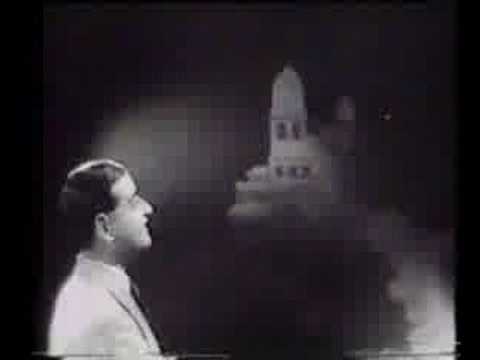
Presently, on my Facebook page Lyrical, I am engaged in covering Lyricist #5: Majrooh Sultanpuri under Remembering Great Lyricists series. I have kept my favourite Shakeel Badayuni out of this series since I already have a number of articles and tributes on him. So far I have covered: Shailendra, Rajendra Krishan, Kaifi Azmi and Sahir Ludhianvi. I have a long way to go before I complete the thirty top lyricists of our era.
Majrooh is the fifth of our lyricists who was a contemporary of Shakeel Badayuni. Out of all these six (*including Shakeel), three have been from Uttar Pradesh, which says something about that region producing some great poets and lyricists.
Majrooh Sultanpuri was born on 01 Oct 1919 as Asrar ul Hassan Khan in a Tarin Pashtun family, in Sultanpur, Uttar Pradesh. His father was an officer in the police department, but, preferred to send his son for traditional madrasa (Urdu school) rather than provide him with English schooling.
He tried his hand at being a quack until he was noticed in a mushaira in Sultanpur.
He was a disciple of the great Urdu poet Jigar Moradabadi. When he visited Bombay in 1945 to participate in a mushaira, the director Abdul Rashid Kardar noticed him and invited him to write for the movies. Majrooh turned it down as he looked down upon movies! He was persuaded through his mentor Jigar Moradabadi and then there was no turning back.
Many traditionalists of the Urdu literature, however, felt that Majrooh sold his soul to the Hindi films and that he could have emerged a great poet in the likeness of Ghalib and Jigar.
The takhalus Majrooh means “injured” or “wounded”.
Majrooh was awarded, in 1993, the highest award – Dadasaheb Phalke award – for his lifetime contribution towards lyrics and poetry. He was the first lyricist ever to be given that award. For the film Dosti, that made Laxmikant Pyarelal famous, he was awarded the Filmfare Best Lyricist Award for the song: Chahunga main tujhe saanjh savere.
For someone who didn’t want to join Hindi movies, Majrooh emerged as a natural lyricist, very popular, very romantic without too deep poetry. I won’t like to compare him with Shakeel since Shakeel maintained the purity of Urdu lyrics and traditional Urdu poetry style.
Most of Majrooh’s songs are of Dil vil pyaar vyaar main kyaa jaanu, Baahon mein chale aao, Bangle ke peechhe, Ye raaten ye amusam nadi ka kinaara, and Dekho mausam kyaa bahaar hai. However, some of his lyrics are still comparable to Shakeel’s such as Hui shaam unaka khayaal aa gaya, Woh jo milate the kabhi, Rahe na rahe ham, Chhupa lo youn dil mein pyaar mera, Tu kahe agar jeevan bhar main geet sunaata jaayun, Mujhe dard-e-dil ka pata na tha, Hamaare baad ab mehfil mein afsaane bayaan honge, and the great song on eyes: Teri aankhon ke siwa duniya mein rakha kyaa hai.
The last one is from the 1969 movie Chirag. Hats off to Majrooh for writing this at the age of fifty! Hats off to Madan Mohan too for having composed it in Raag Jhinjhoti, the raag named after an apsara. There are two versions of this song: Mohammad Rafi singing for Sunil Dutt and Lata Mangeshkar singing for Asha Parekh.
The lyrics are exquisite and each word hangs on the notes of the composition like raindrops from green leaves.
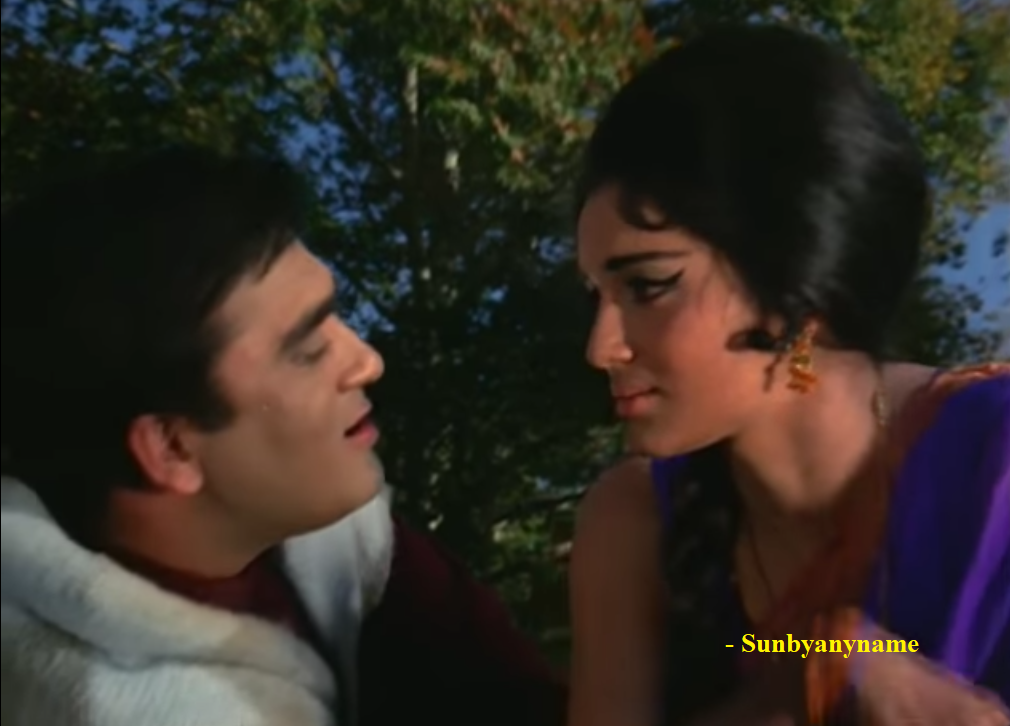
The movie from which the song of this post has been taken is the 1946 movie Shahjahan. The movie was directed by Abdul Rashid Kardar and the song was composed by Naushad. These two personalities, one year later, launched the career of Shakeel Badayuni in their 1947 movie Dard and in the present series I have given you the first song of Shakeel in Hindi movies: Afsaana likh rahi hoon sung by Uma Devi who was to later become the comedienne Tun Tun (Please see: ‘Songs That Tug At Your Emotions – Song #14’).
In his very first movie, Majrooh Sultanpuri penned exquisite songs:
- Jab dil hi toot gaya.
- Chah barbaad karegi hamen maluum na tha.
- Gham diye mustaqil.
- Mere sapno ki rani ruhi, ruhi ruhi.
- Jab usne gesu bikhraaye baadal aaye jhuum ke.
- Kar leejiye chal kar meri jannat ke nazare.
- Jawani ke daaman ko rangi bana le.
- Aag lagi dil mein.
The songs of the movie became so popular (amongst the best ever sung by KL Saigal) that KL Saigal wanted Jab dil hi toot gaya to be sung at his funeral.
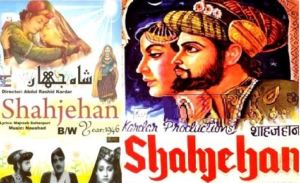 The movie’s story is a fictionalised account of an episode during the reign of Emperor Shajahan: “Circa the Mugal rule in Hindustan, Shahjahan, the present emperor is approached by one of his subjects, whose daughter, Ruhi, is so beautiful, that her suitors have killed her to-be grooms, as well as two of her brothers, who came to her aid. He now seeks the Emperor’s assistance. Appalled at this, the Emperor confers with his Queen, Mumtaz, and upon her advise asks the father to bring his daughter to be a guest of the palace, and it is from here that a suitor will be chosen by none other than his royal majesty himself. The father does as asked, but one of the Queen’s aide is troubled by Ruhi’s august presence, that she fears that the Emperor may take a liking to her, and make her his begum. She plots a devious scheme so that Ruhi is promised to get married to Shiraz. The matter gets quite complicated as Ruhi has already been promised to Sohail. The Emperor and his Queen are so perturbed by this situation, that both become ill. The situation is resolved when Sohail decides to give Ruhi up so that she can marry Shiraz – but not until Mumtaz tragically passes away. Devastated and heart-broken by her death, Shah Jahan feels that she can be made immortal by the building of a royal tomb, and asks Shiraz to come up with such a Mahal. Watch as events begin to unfold, that will finally give rise to one of the seven wonders of the world – The Taj Mahal.”
The movie’s story is a fictionalised account of an episode during the reign of Emperor Shajahan: “Circa the Mugal rule in Hindustan, Shahjahan, the present emperor is approached by one of his subjects, whose daughter, Ruhi, is so beautiful, that her suitors have killed her to-be grooms, as well as two of her brothers, who came to her aid. He now seeks the Emperor’s assistance. Appalled at this, the Emperor confers with his Queen, Mumtaz, and upon her advise asks the father to bring his daughter to be a guest of the palace, and it is from here that a suitor will be chosen by none other than his royal majesty himself. The father does as asked, but one of the Queen’s aide is troubled by Ruhi’s august presence, that she fears that the Emperor may take a liking to her, and make her his begum. She plots a devious scheme so that Ruhi is promised to get married to Shiraz. The matter gets quite complicated as Ruhi has already been promised to Sohail. The Emperor and his Queen are so perturbed by this situation, that both become ill. The situation is resolved when Sohail decides to give Ruhi up so that she can marry Shiraz – but not until Mumtaz tragically passes away. Devastated and heart-broken by her death, Shah Jahan feels that she can be made immortal by the building of a royal tomb, and asks Shiraz to come up with such a Mahal. Watch as events begin to unfold, that will finally give rise to one of the seven wonders of the world – The Taj Mahal.”
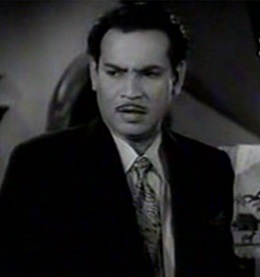
The story of the movie was penned by Kamal Amrohi. It starred KL Saigal as Sohail, Rehman as Shahjahan, Ragini as Ruhi and Nasreen as Mumtaz. P Jairaj, who palyed Bahadur Shah Zafar in the movie Laal Qila played Shiraz. He was an Indian film superstar, director and producer known for his works primarily in Hindi cinema, Marathi and Gujarati language films, and Telugu theatre. In the year 1980, he was awarded the highest award in Indian Cinema: the Dadasaheb Phalke Award. Not many people know about it but Paidi Jairaj is the one who was involved in instituting Filmfare Awards in India.
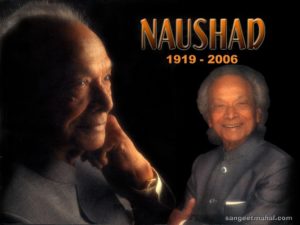 Naushad Ali, the composer, lived between 25 Dec 1919 to 05 May 2006. He won only one Filmfare Award, for the music and songs of the 1952 Vijay Bhatt movie Baiju Bawra. However, he could have won many including for Mughal-e-Azam. Eventually, he was conferred with the highest, that is, Dadasaheb Phalke Award in 1982 and Padma Bhushan in 1992. He is credited with having brought in Raaga Based Songs in the movies and Baiju Bawra is a fine example of that. Various singers and lyricists (especially Shakeel Badayuni) looked up to him as a guide and mentor. For example, he encouraged Mukesh to have his distinctive style of singing rather than imitate KL Saigal. He launched the careers of quite a few of them such as Zohrabai Ambalewali and Uma Devi. As far as my favourite songs of Naushad are concerned, I have penned volumes in this blog on them. As an example, just go through: ‘The Best Of Old Hindi Songs – Rafi, Shakeel, Naushad and Dilip Kumar Together’.
Naushad Ali, the composer, lived between 25 Dec 1919 to 05 May 2006. He won only one Filmfare Award, for the music and songs of the 1952 Vijay Bhatt movie Baiju Bawra. However, he could have won many including for Mughal-e-Azam. Eventually, he was conferred with the highest, that is, Dadasaheb Phalke Award in 1982 and Padma Bhushan in 1992. He is credited with having brought in Raaga Based Songs in the movies and Baiju Bawra is a fine example of that. Various singers and lyricists (especially Shakeel Badayuni) looked up to him as a guide and mentor. For example, he encouraged Mukesh to have his distinctive style of singing rather than imitate KL Saigal. He launched the careers of quite a few of them such as Zohrabai Ambalewali and Uma Devi. As far as my favourite songs of Naushad are concerned, I have penned volumes in this blog on them. As an example, just go through: ‘The Best Of Old Hindi Songs – Rafi, Shakeel, Naushad and Dilip Kumar Together’.
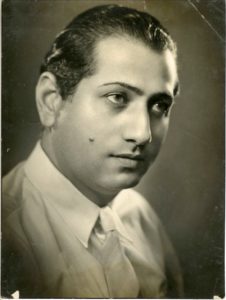
Before we take up the song, lets learn a little about Abdul Rashid Kardar, the director of this movie from where the song has been taken. He was the pioneer in establishing film industry in Bhati Gate, Lahore (later Pakistan). In 1924, the first silent film (11 years after Dadasaheb Phalke made his first silent movie: Raja Harishchandra), The Daughters of Today was released in Lahore at a time when the city only had nine operational cinema houses. Most of the films shown in theatres in Lahore were either made in Bombay or Calcutta, besides ones made in Hollywood or London. The Daughters of Today was the brain-child of GK Mehta, a former officer with the North-Western Railway, who had imported a camera into the country for this very project from London. He asked Kardar to assist him as an assistant director on the project and ended up giving Kardar his début role in his film as an actor. Muhammad Ismail, his friend and fellow calligraphist, accompanied Kardar in the making of the film. Kardar shifted to Calcutta in 1930 and after working in various production houses, he made his own Kardar Studios in 1940 (he shifted to Bombay in 1937) and started making films under the banner Kardar Productions. His 1946 film Shahjehan starred KL Saigal and the songs were by Majrooh (debut movie) and Naushad Ali. He worked with Naushad in a number of movies including the unforgettable Dil Diya Dard Liya starring Dilip Kumar, Waheeda Rehman and Pran.
Please enjoy KL Saigal sing: Jab dil hi tuut gaya….
जब दिल ही टूट गया, जब दिल ही टूट गया
हम जी के क्या करेंगे, हम जी के क्या करेंगे
जब दिल ही टूट गया – २
उलफ़त का दिया हमने, इस दिल में जलाया था – २
उम्मीद के फूलों से, इस घर को सजाया था – २
इक भेदी लूट गया, इक भेदी लूट गया
हम जी के क्या करेंगे, हम जी के क्या करेंगे
जब दिल ही टूट गया
(मालूम ना था इतनी, मुश्किल हैं मेरी राहें
मुश्किल हैं मेरी राहें ) – २
अरमां के बहे आँसू, हसरत ने भरीं आहें – २
हर साथी छूट गया, हर साथी छूट गया
हम जी के क्या करेंगे, हम जी के क्या करेंगे
जब दिल ही टूट गया
Imagine the songs of Majrooh Sultanpuri, in his very first movie; they became so popular that the great singing-star KL Saigal, the first super star of the Hindi movies, wanted that this song should be played at his funeral. Anyone who listens to this song is instantly reminded of his father. Also imagine that three of the personilities in this post were given the highest honour of Dadasaheb Phalke Award in later years: Majrooh Sultanpuri – the Lyricist, Naushad Ali – the Composer of this song and Music Director, and Paidi Jairaj – the actor – director for his portrayal of historical characters.
After Babul mora naihar chhooto ji jaye, this is the most popular song of KL Saigal and we kept listening to it during our childhood together with another great from the same movie: Gham diye mustaqil, itna naazuk hai dil ye naa jaana.
I hope you enjoyed it too.
Please await tomorrow’s song.
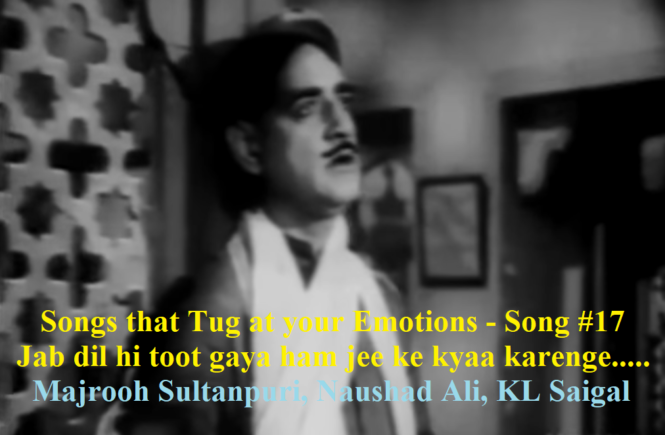
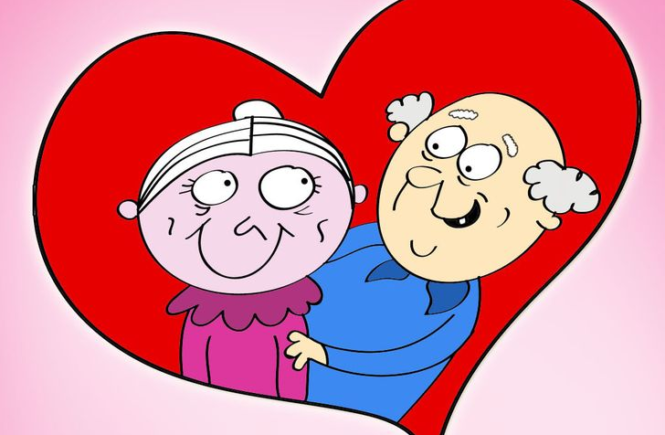
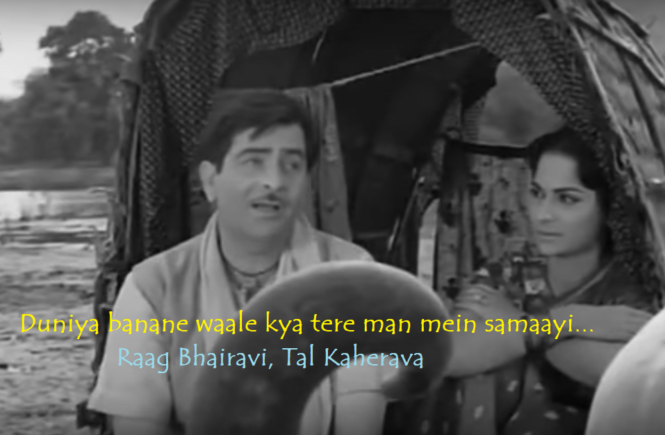
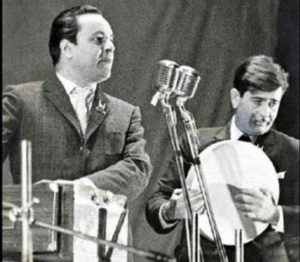
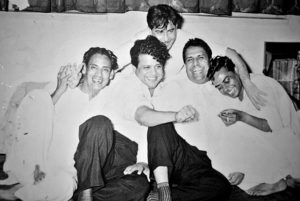
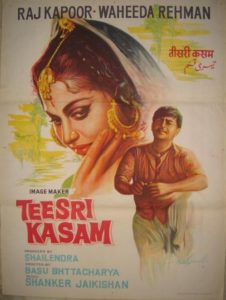 Indeed, this type of deep thinking is true of all songs of the
Indeed, this type of deep thinking is true of all songs of the 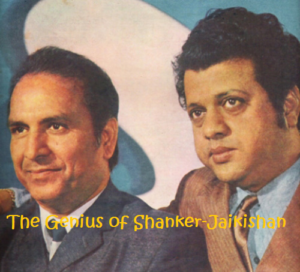
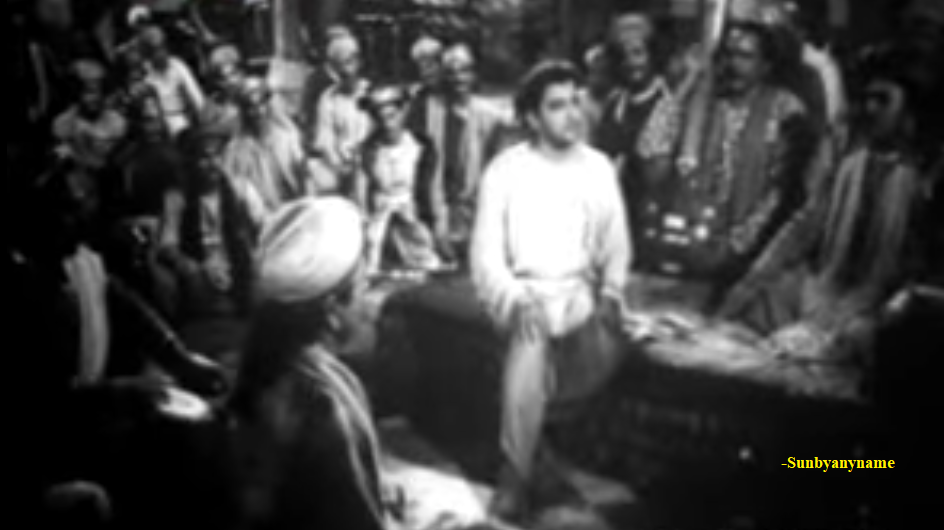
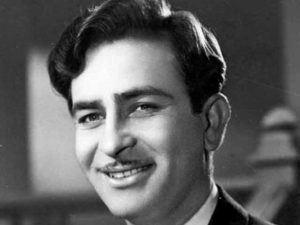
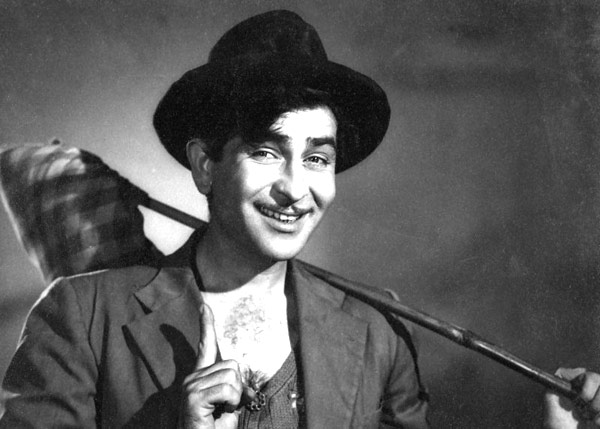
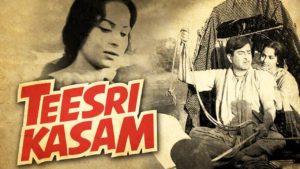 Lets get to the movie:
Lets get to the movie: 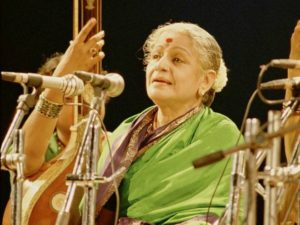
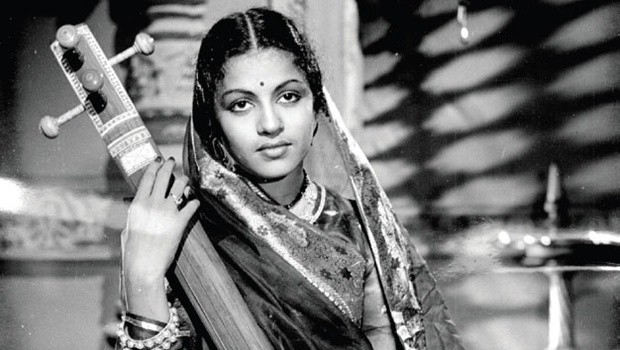
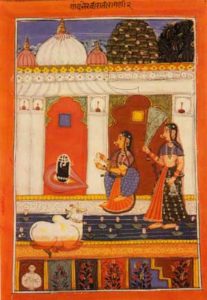
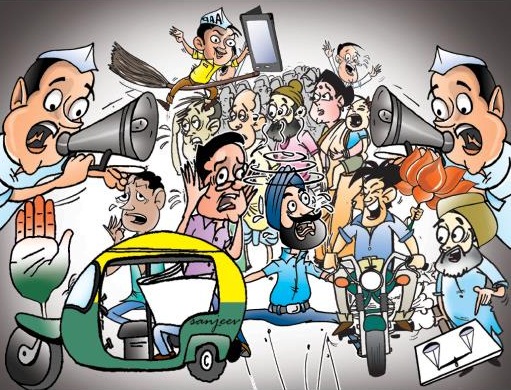
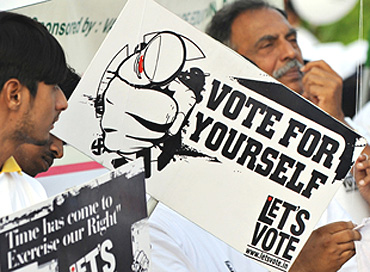
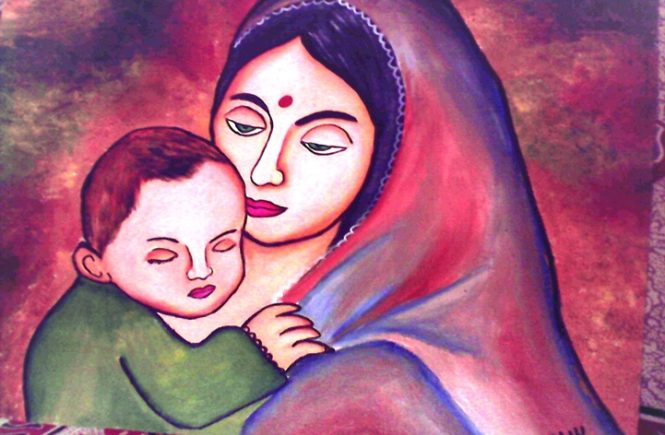
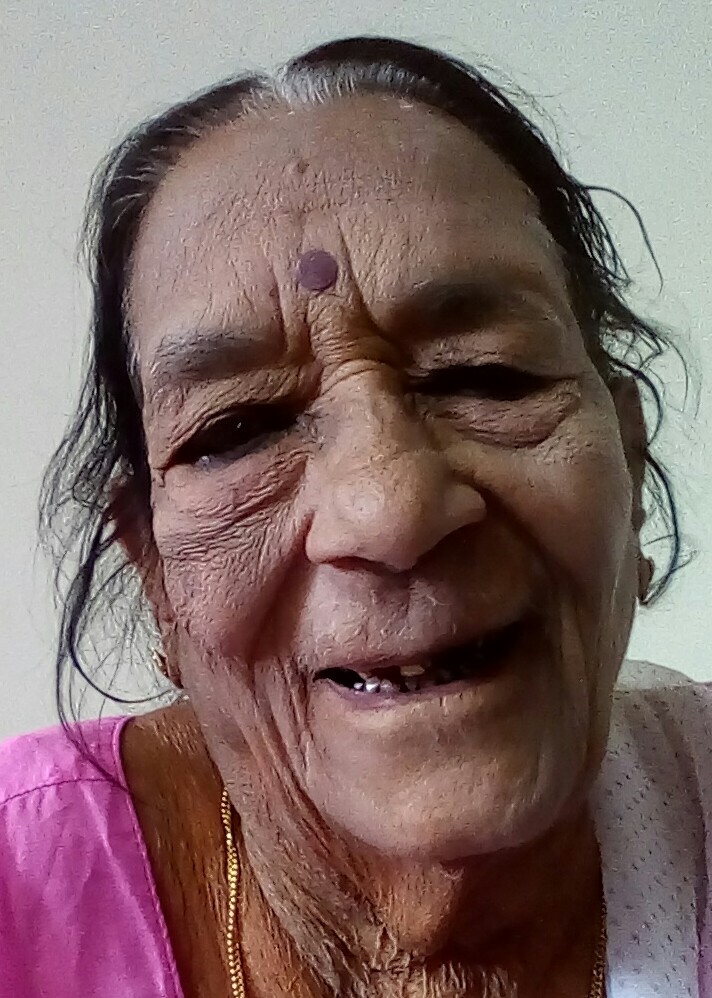
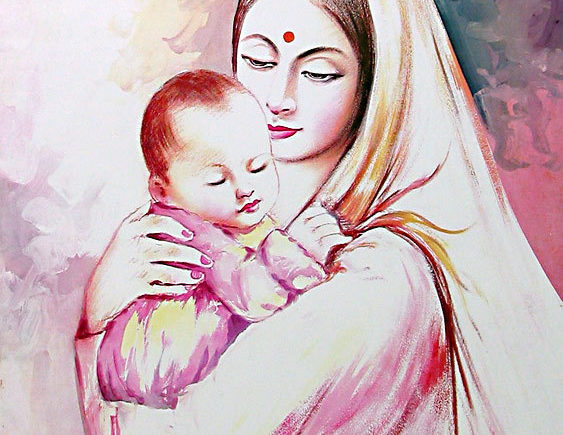
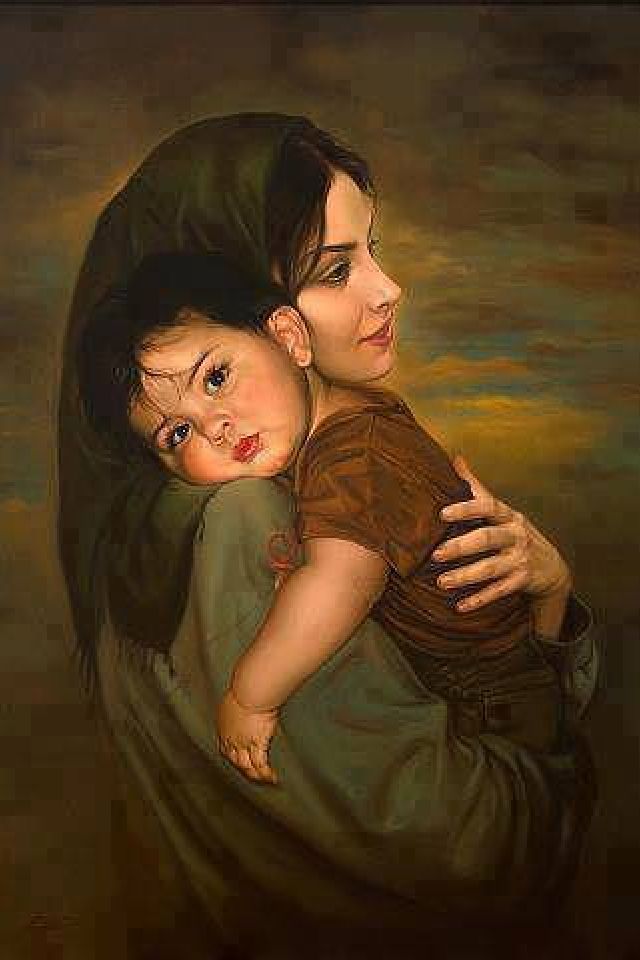
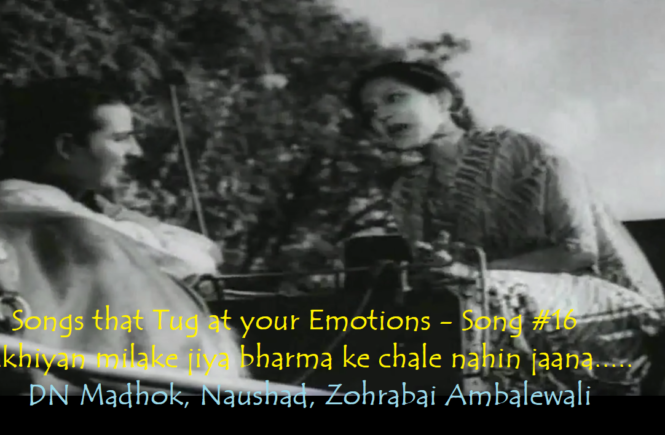
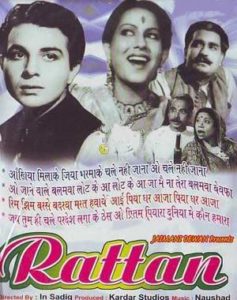
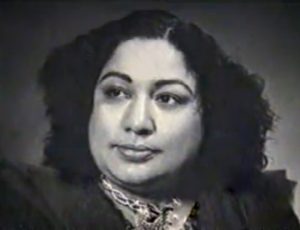
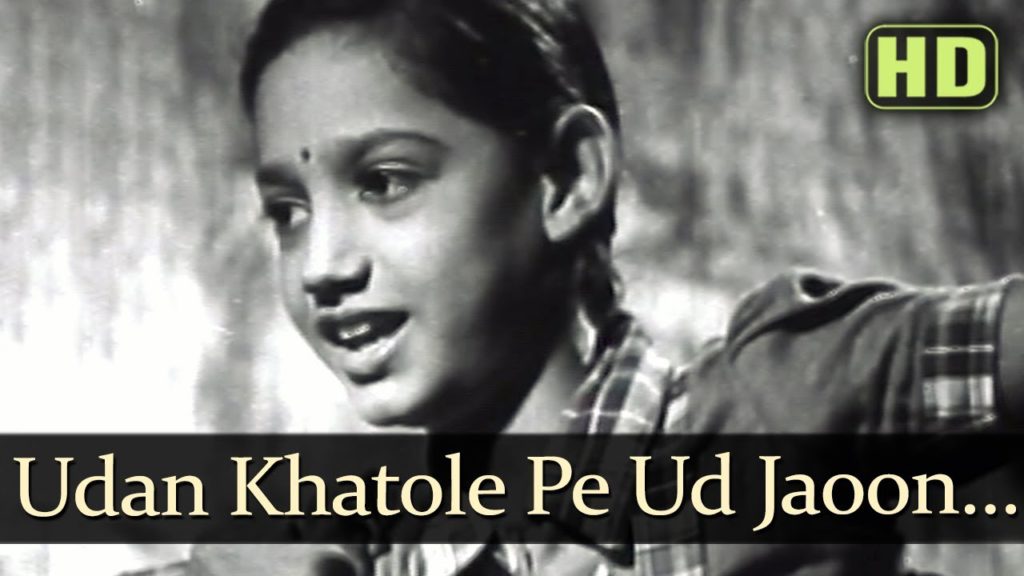
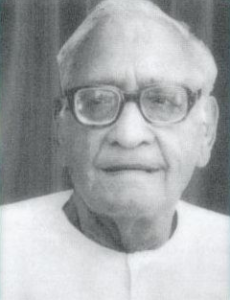 Lets take up the
Lets take up the 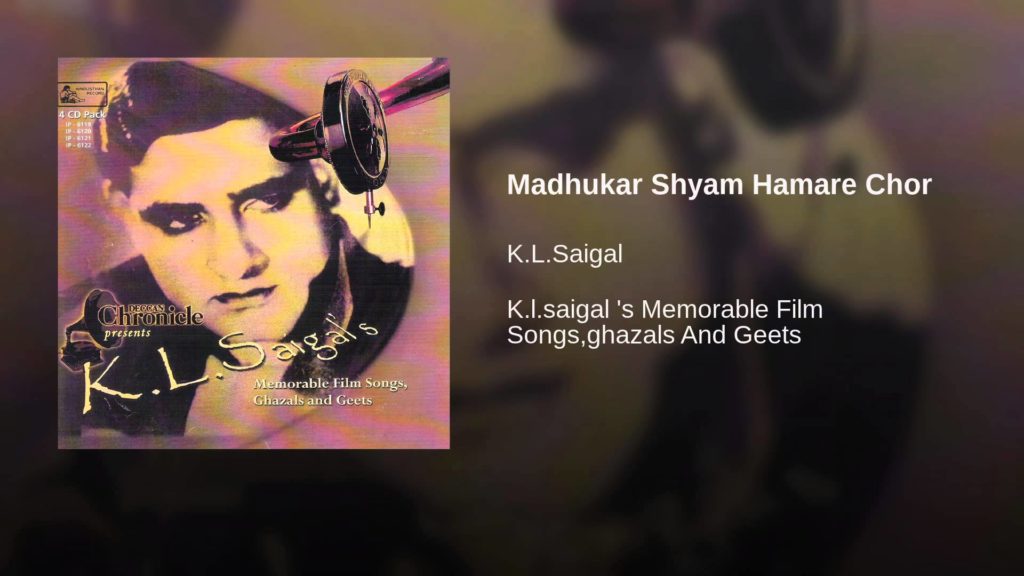
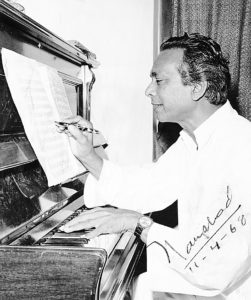

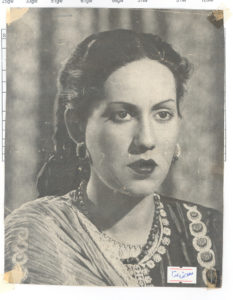
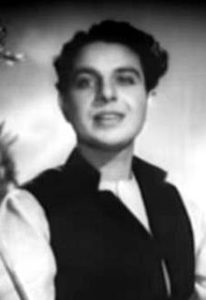 And finally,
And finally, 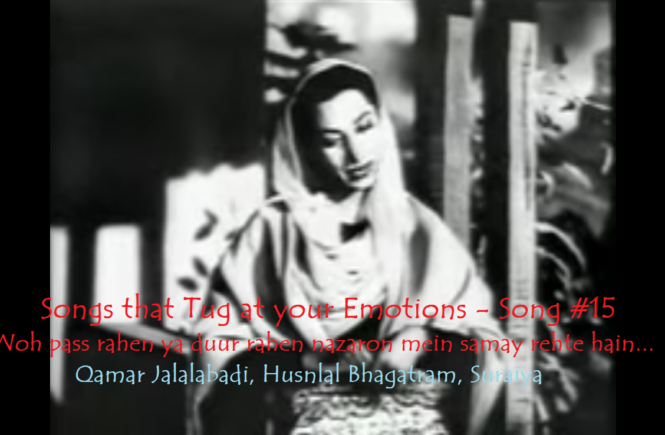
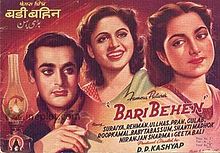
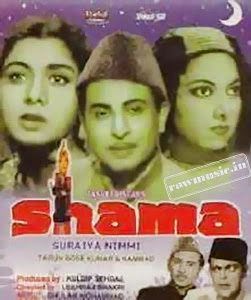 The earlier
The earlier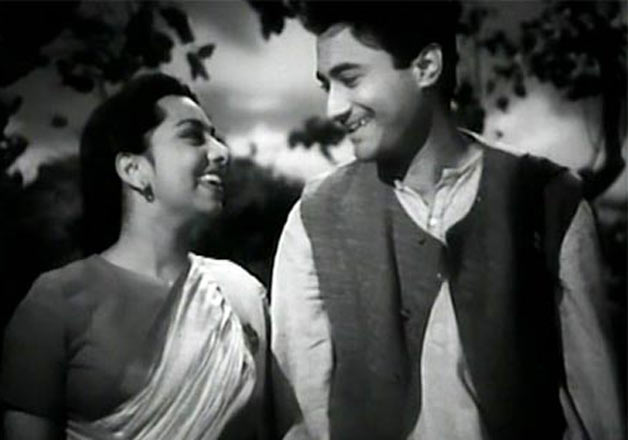
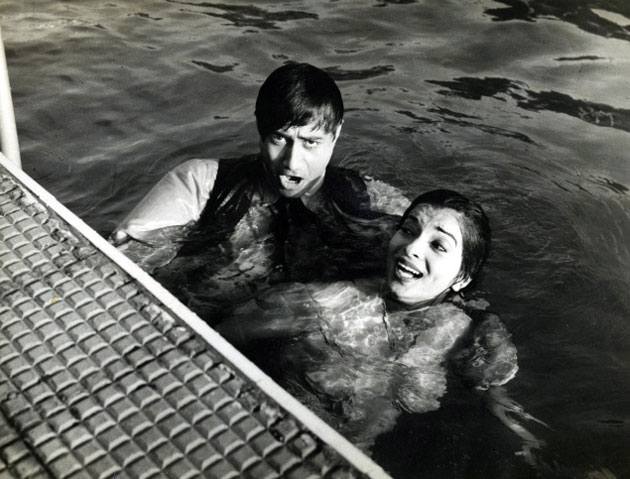
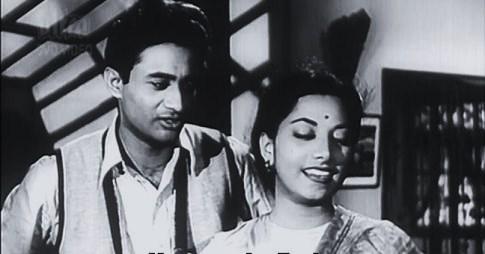
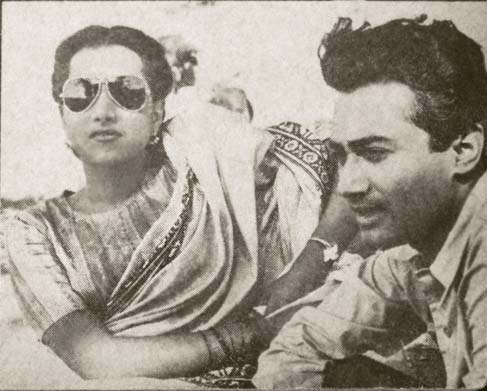
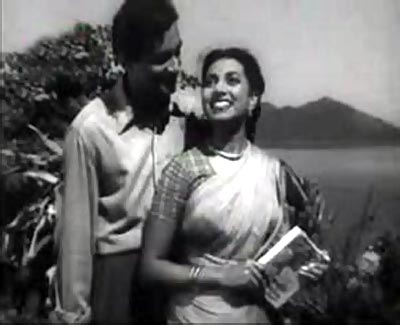
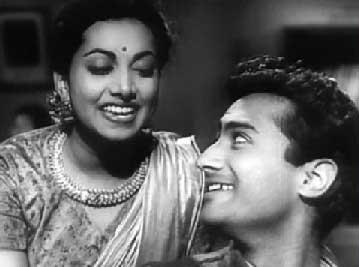
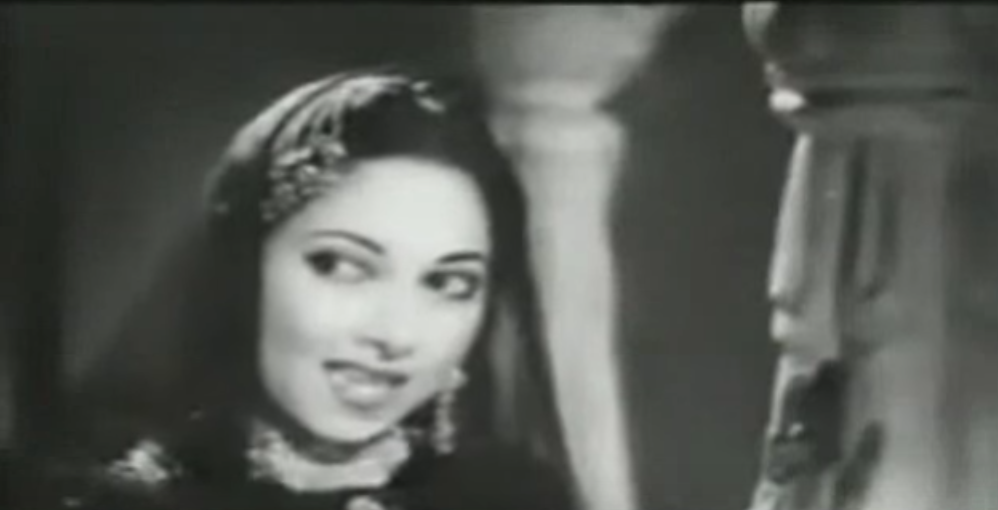
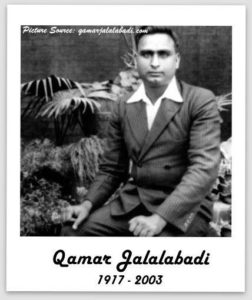 Lets turn to the lyricist
Lets turn to the lyricist 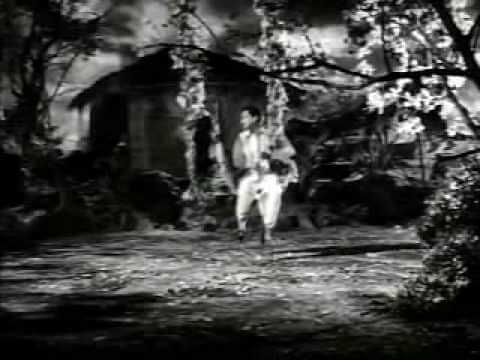
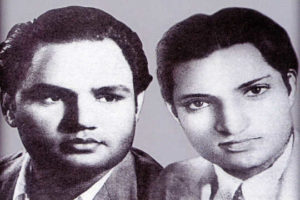
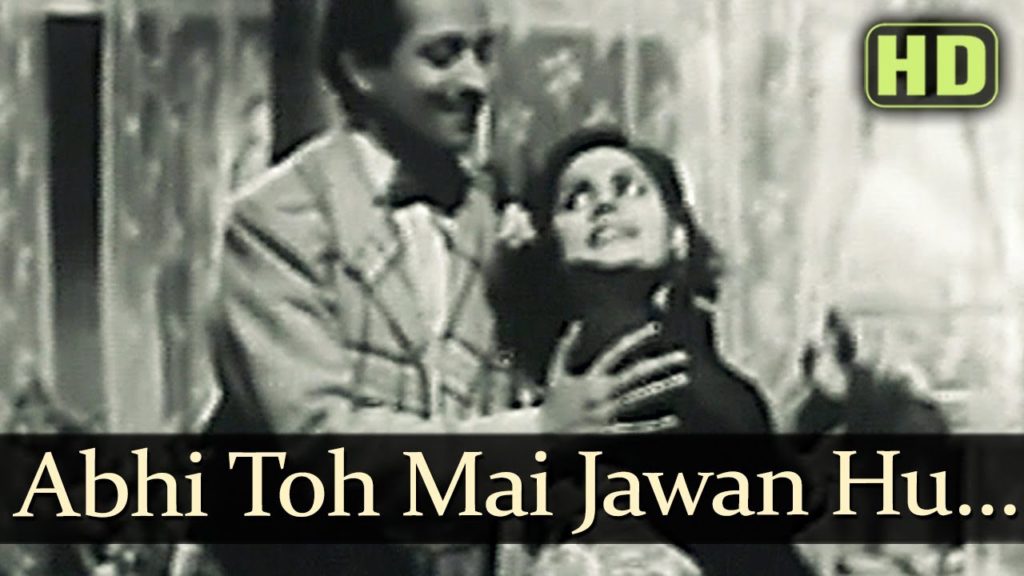
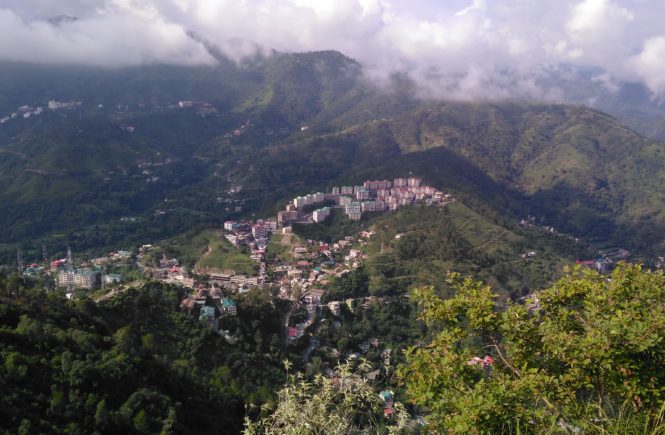
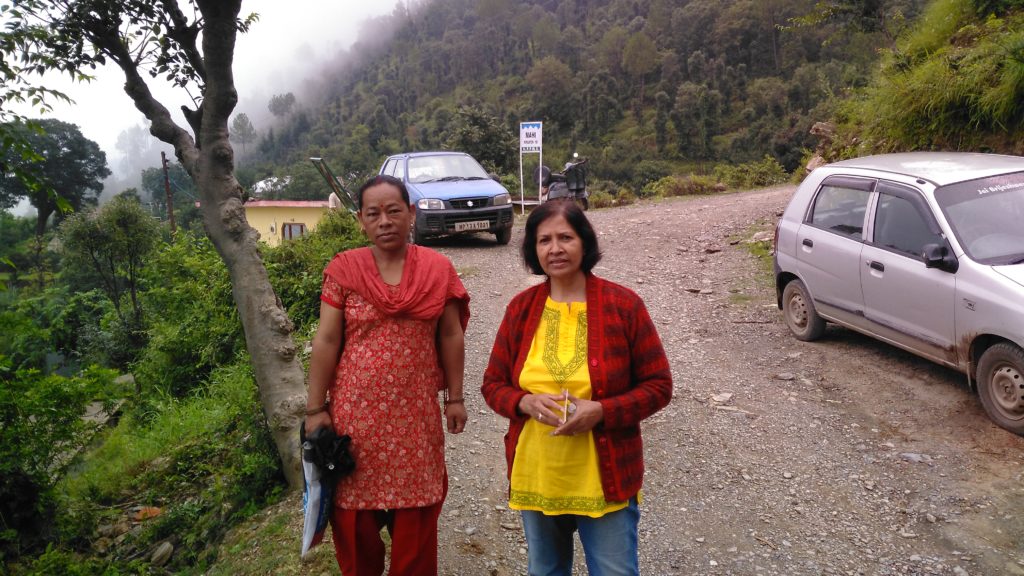
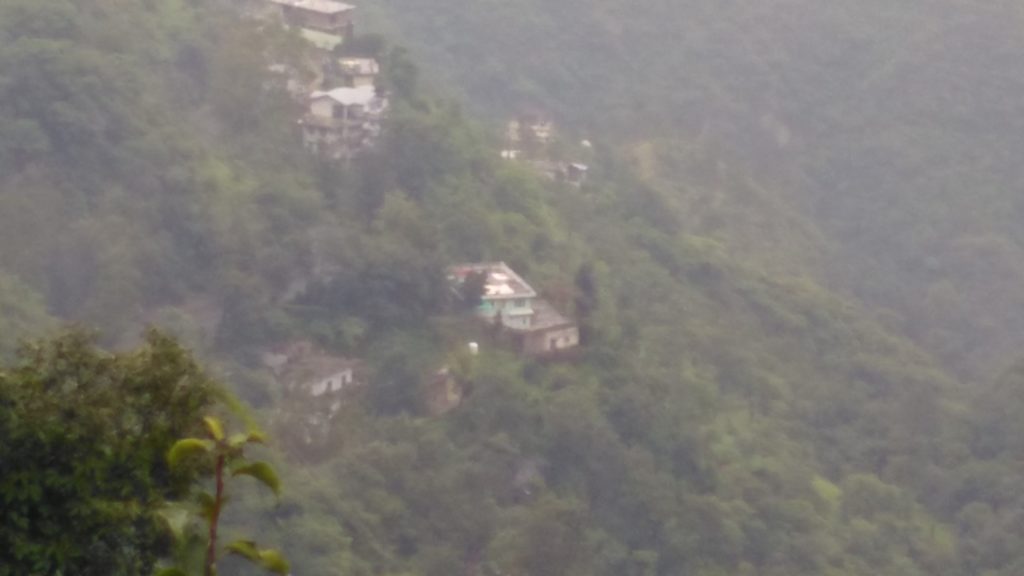
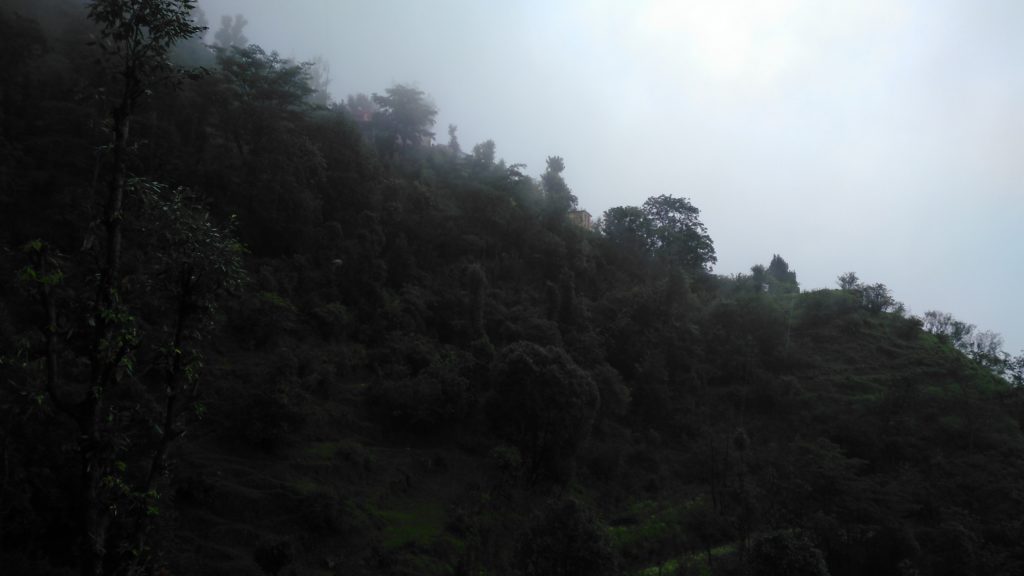
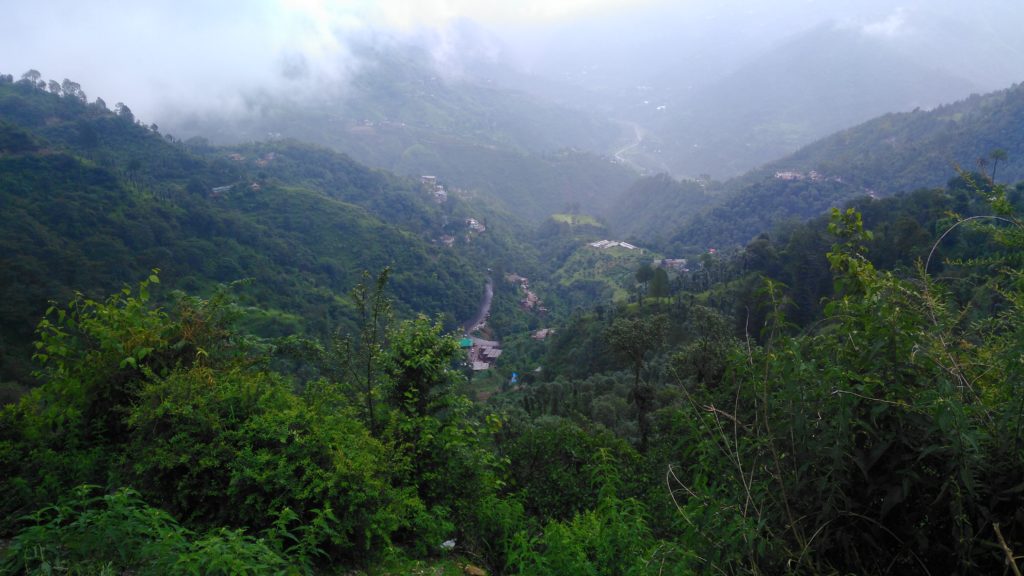
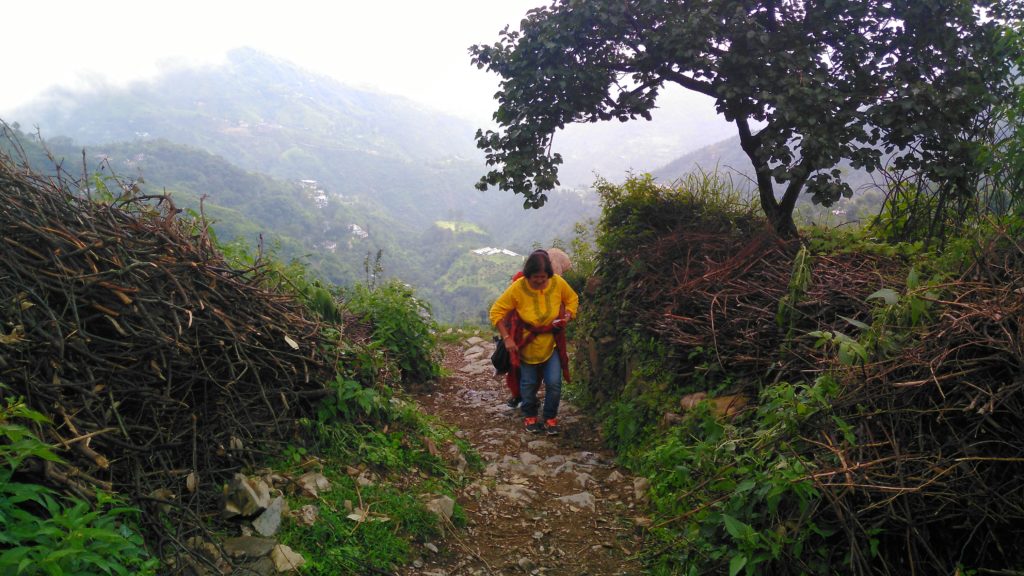
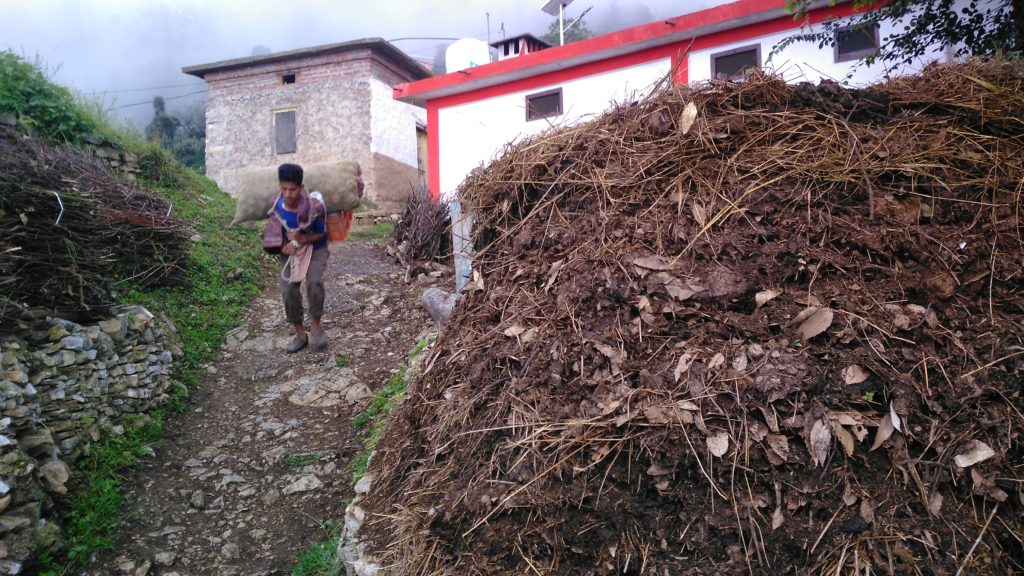
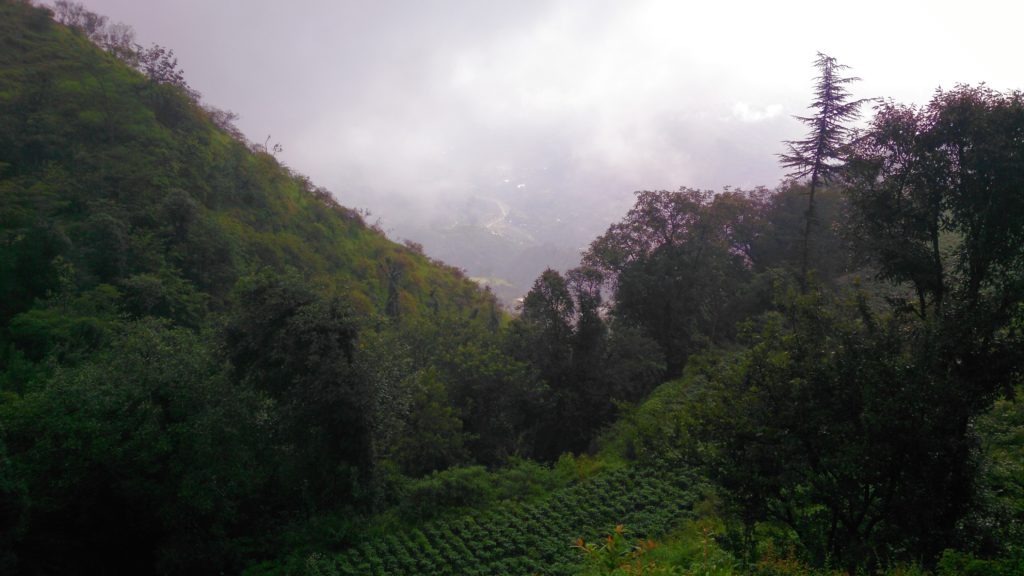
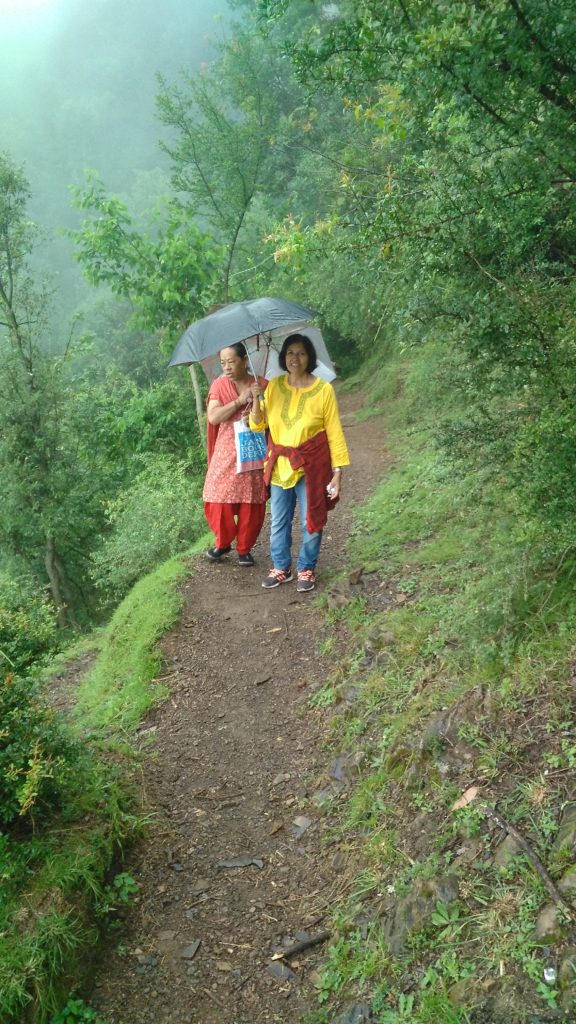

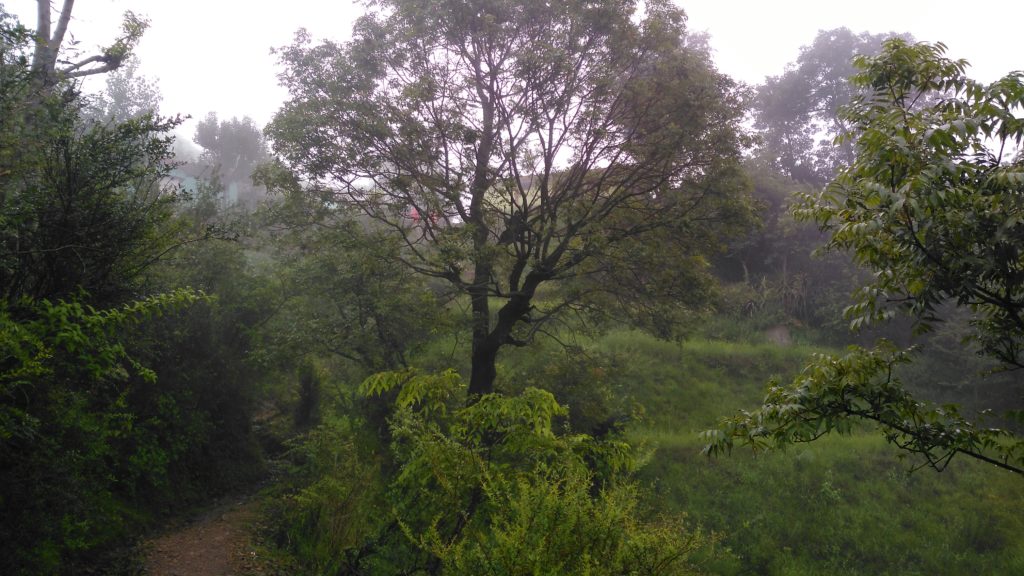
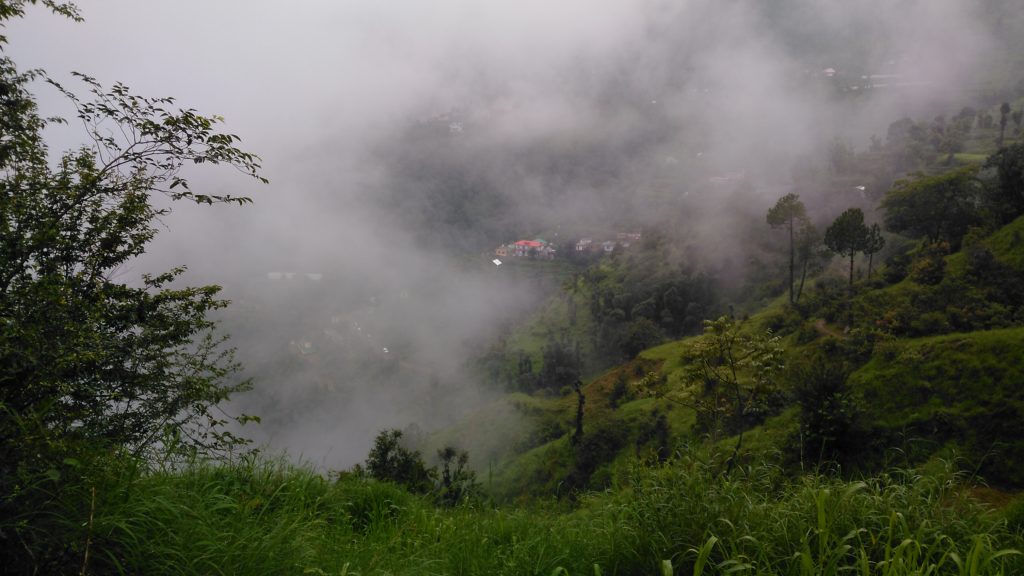
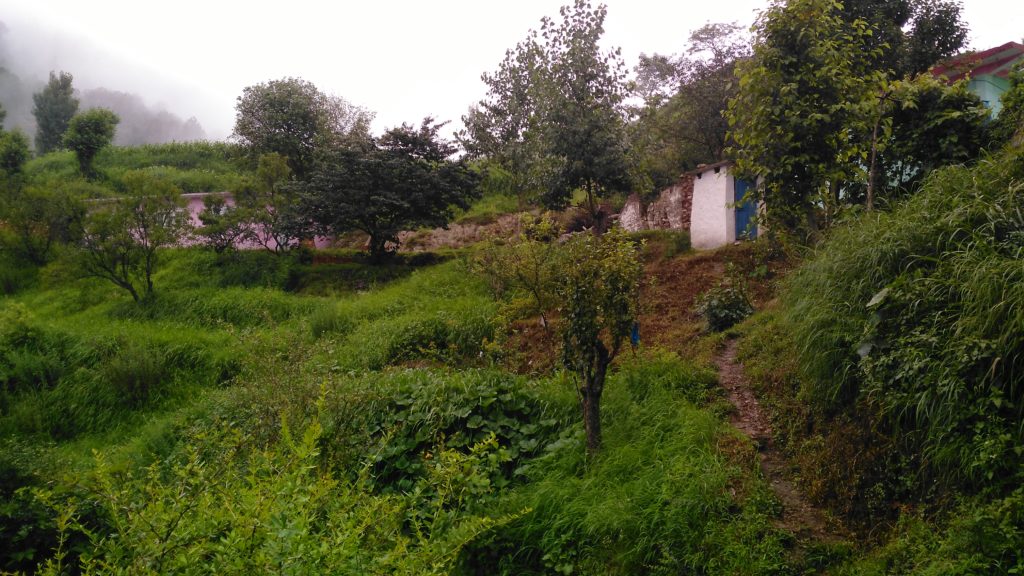
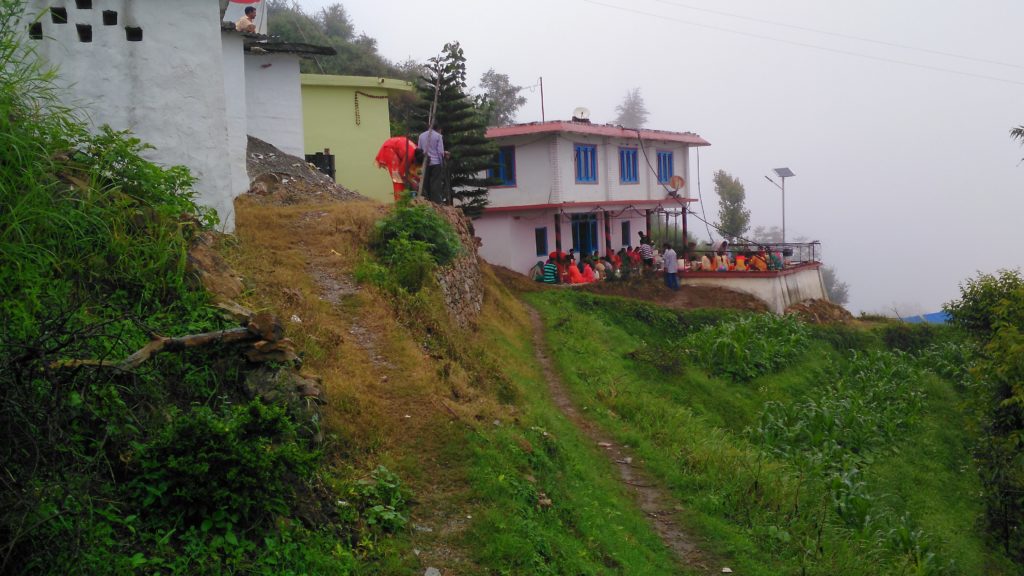
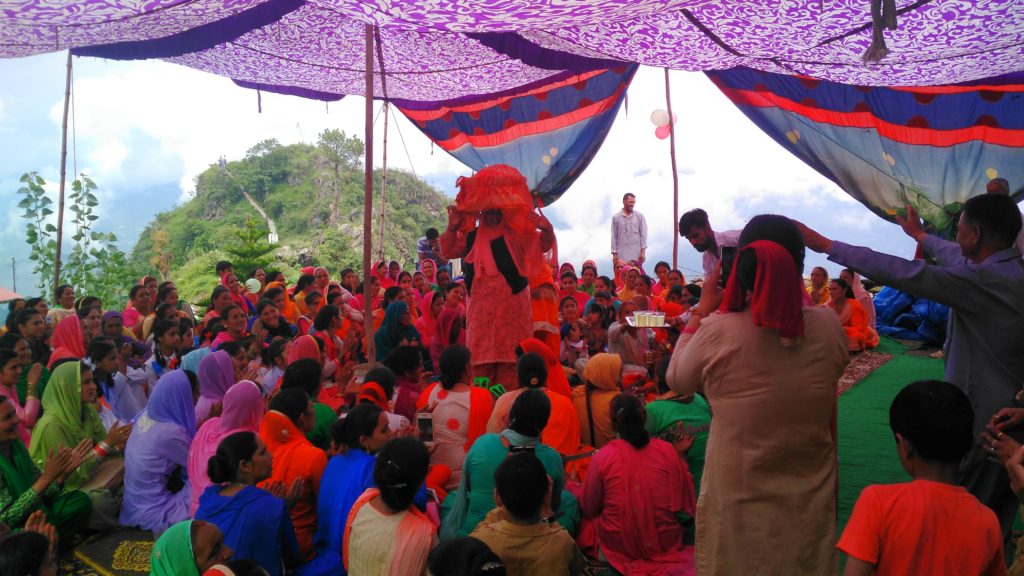
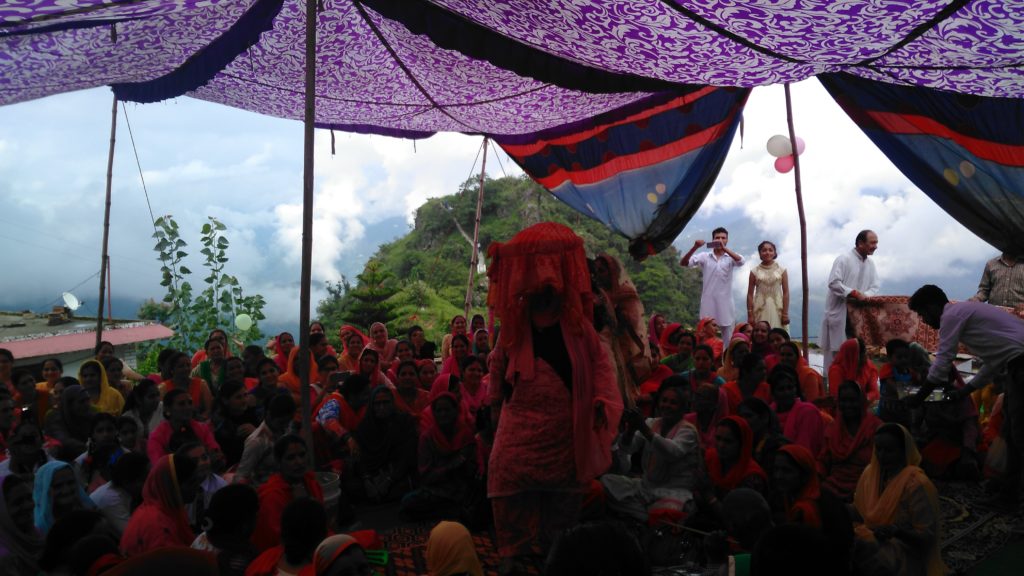
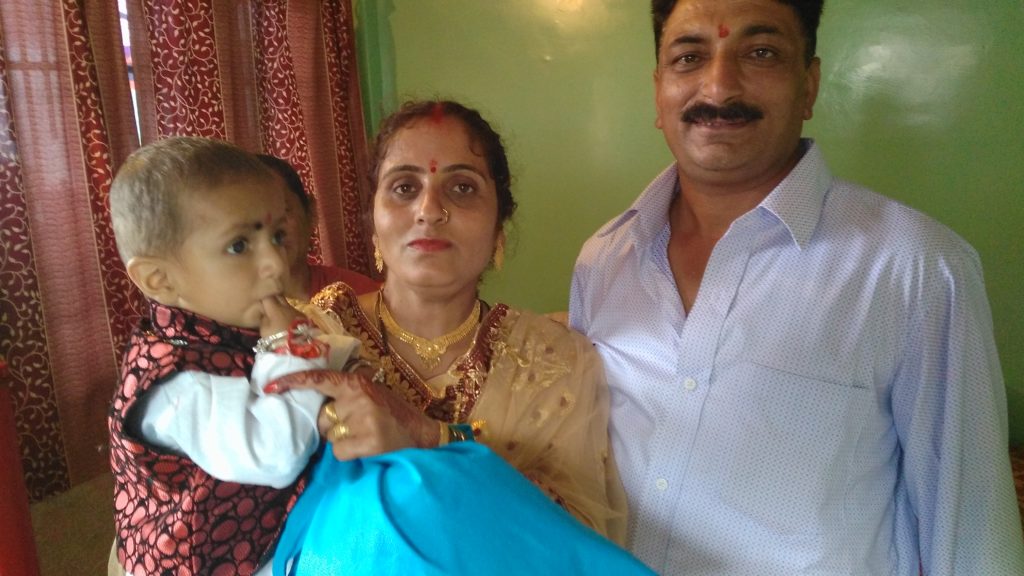
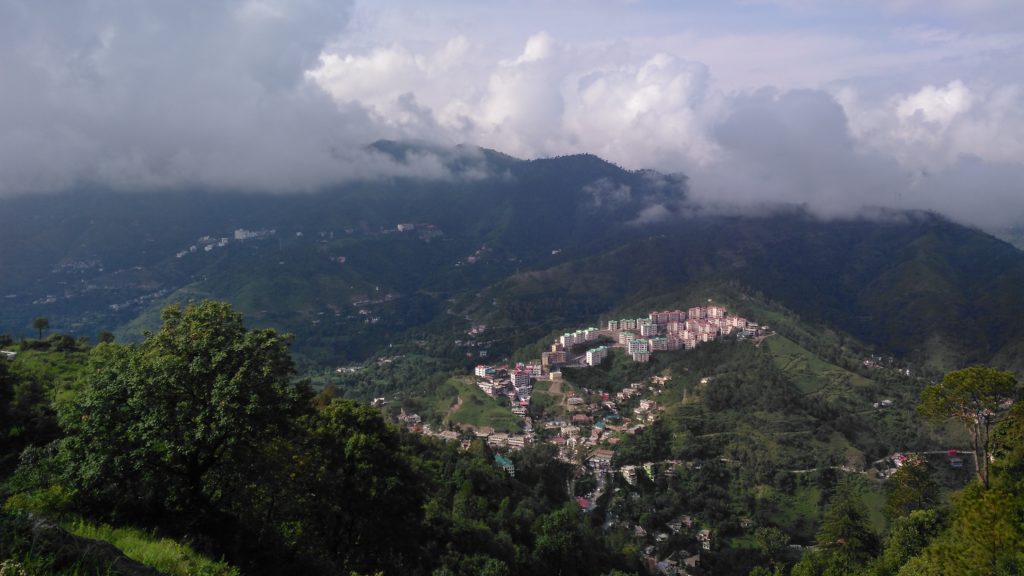
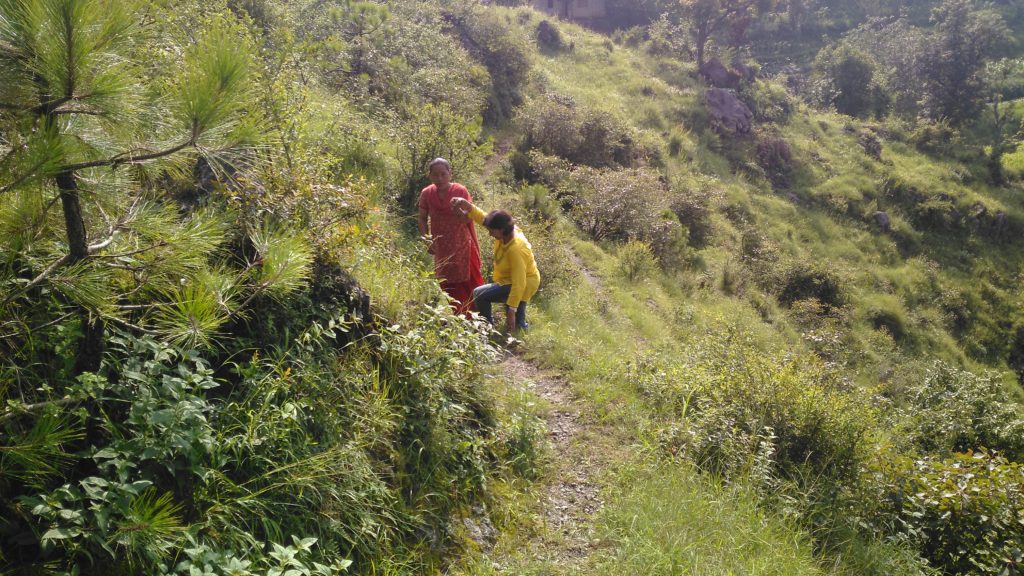
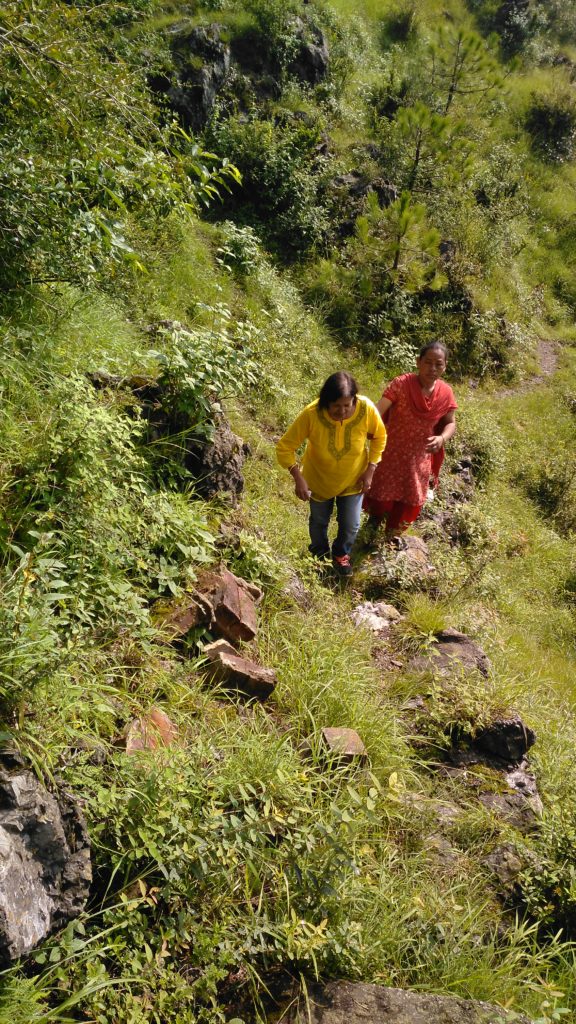
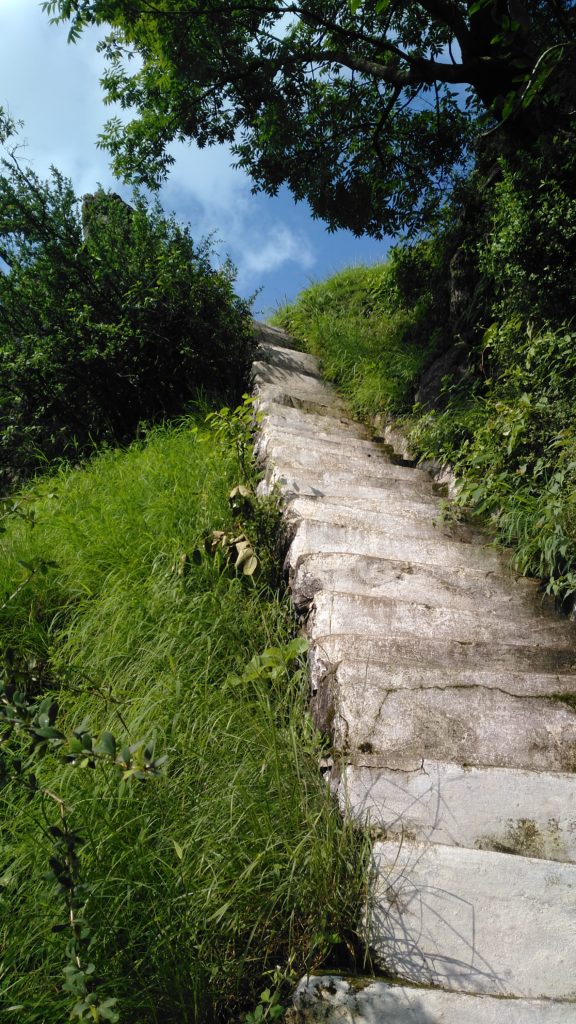
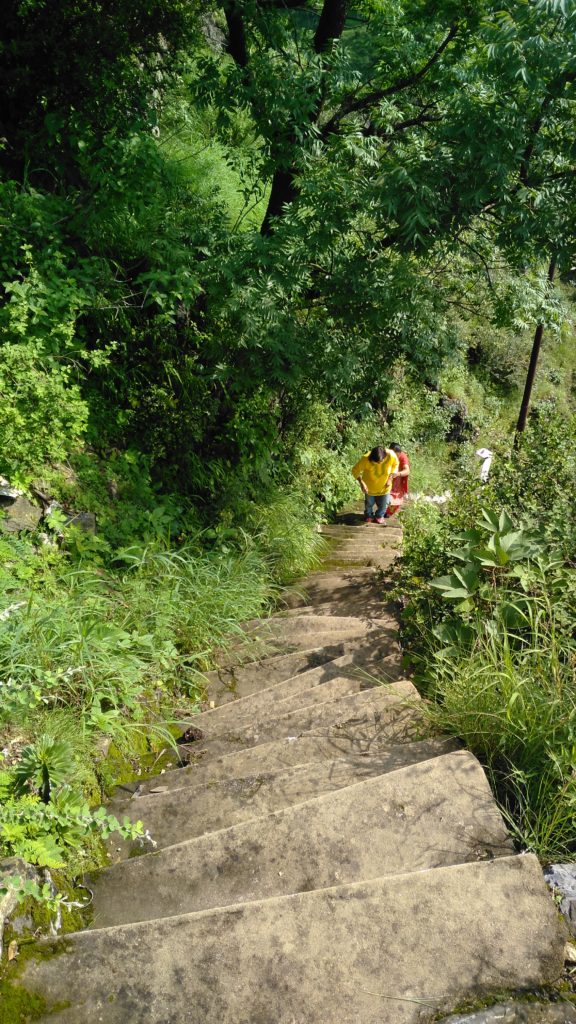
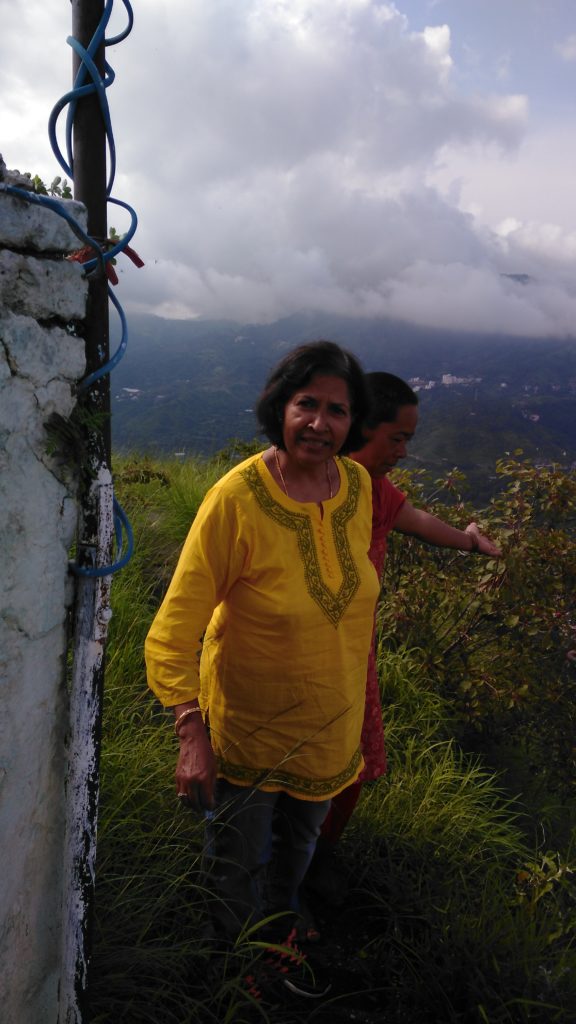
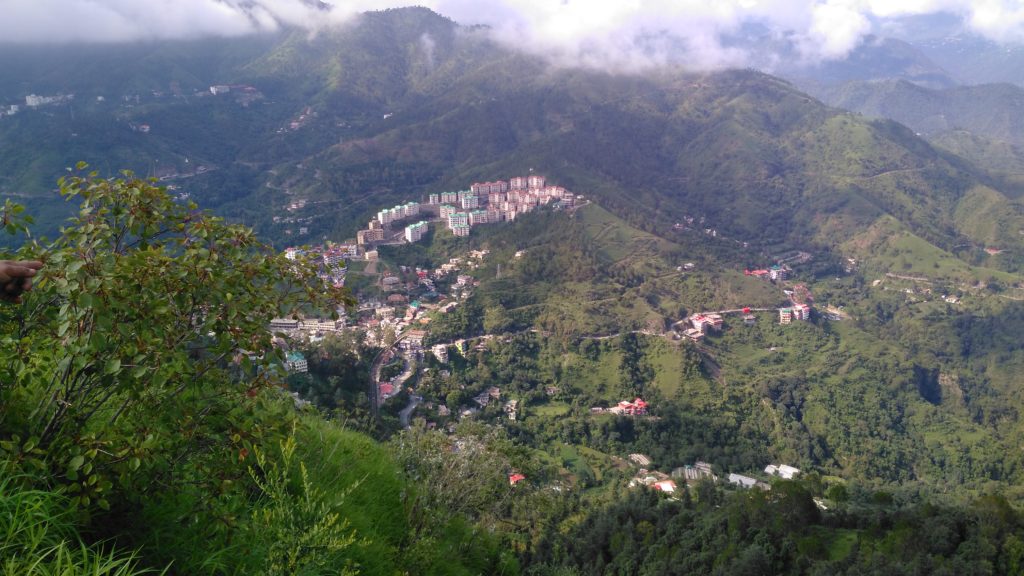
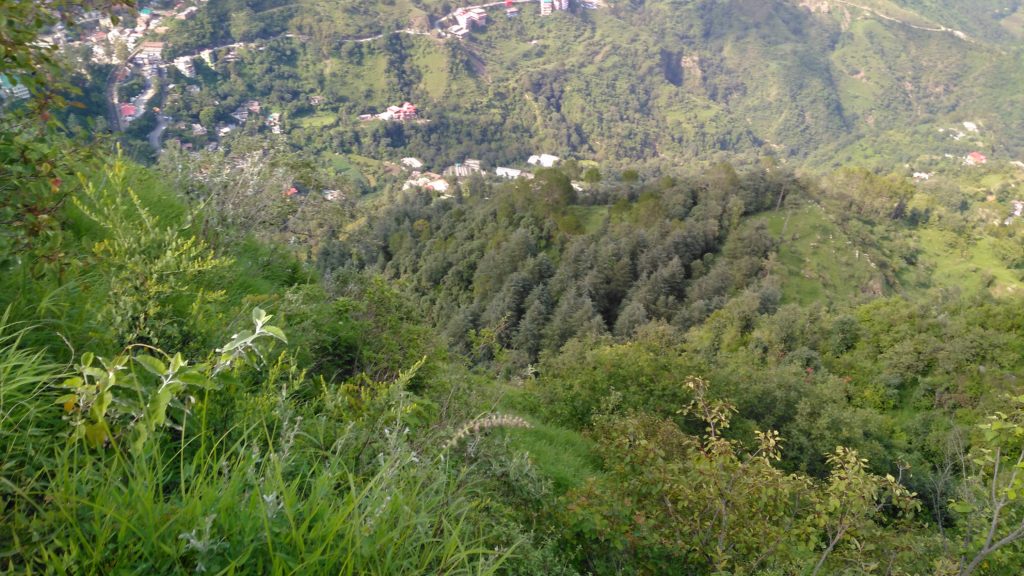
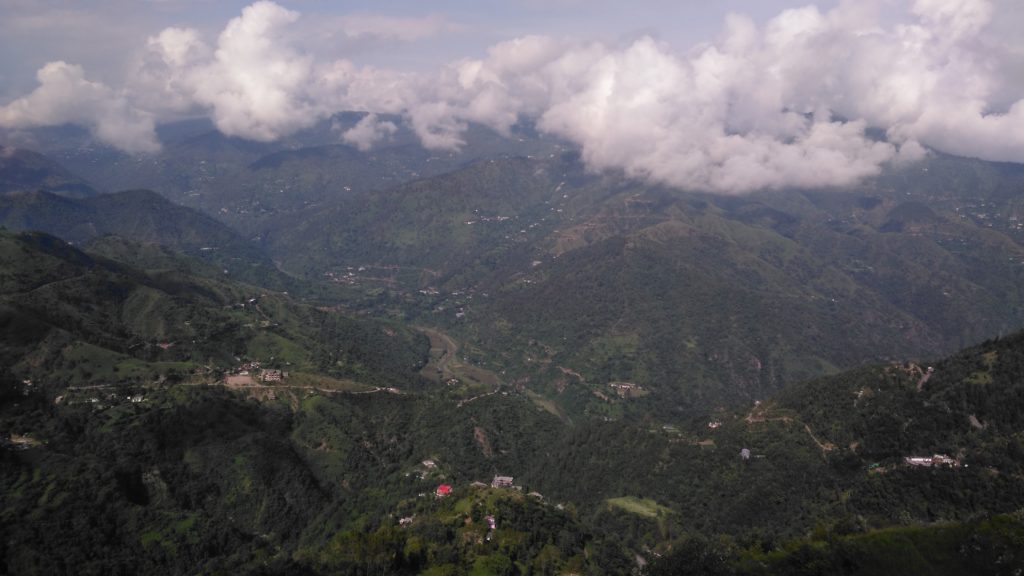
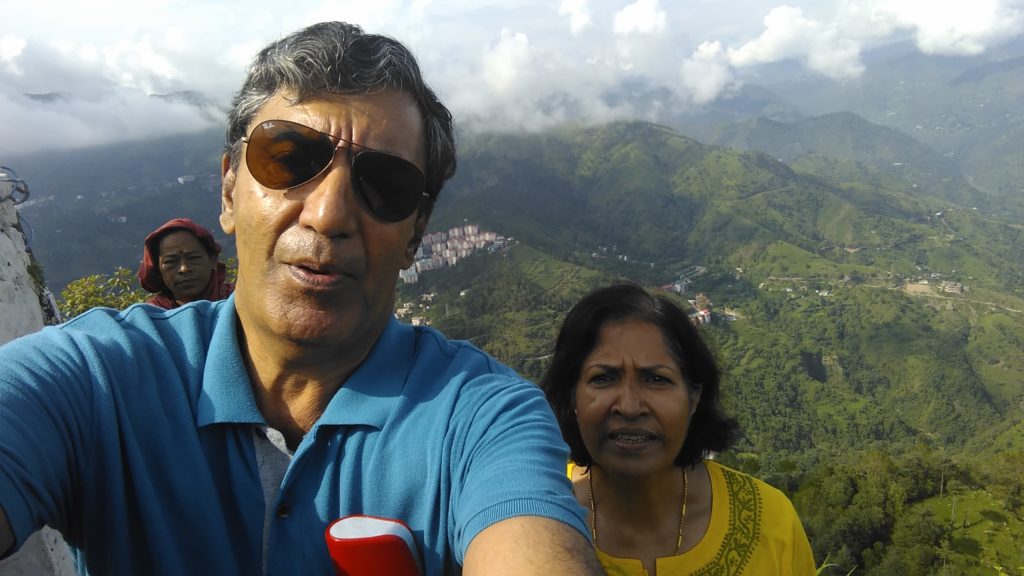
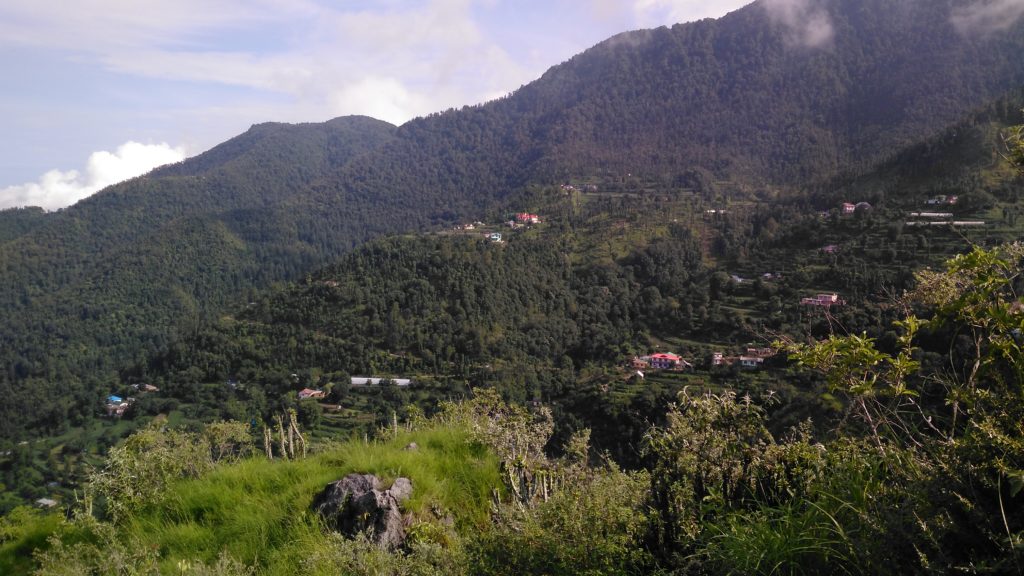
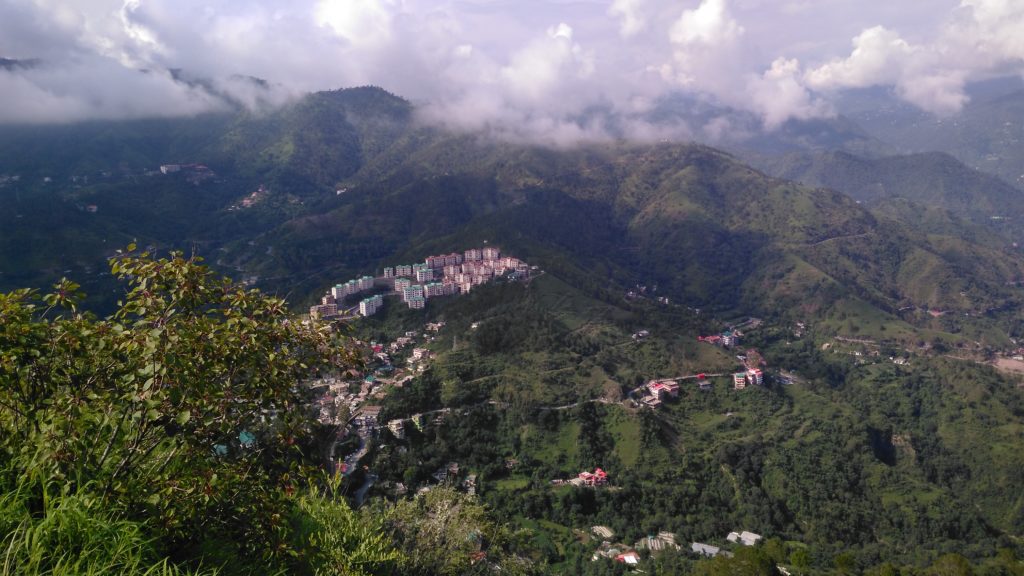
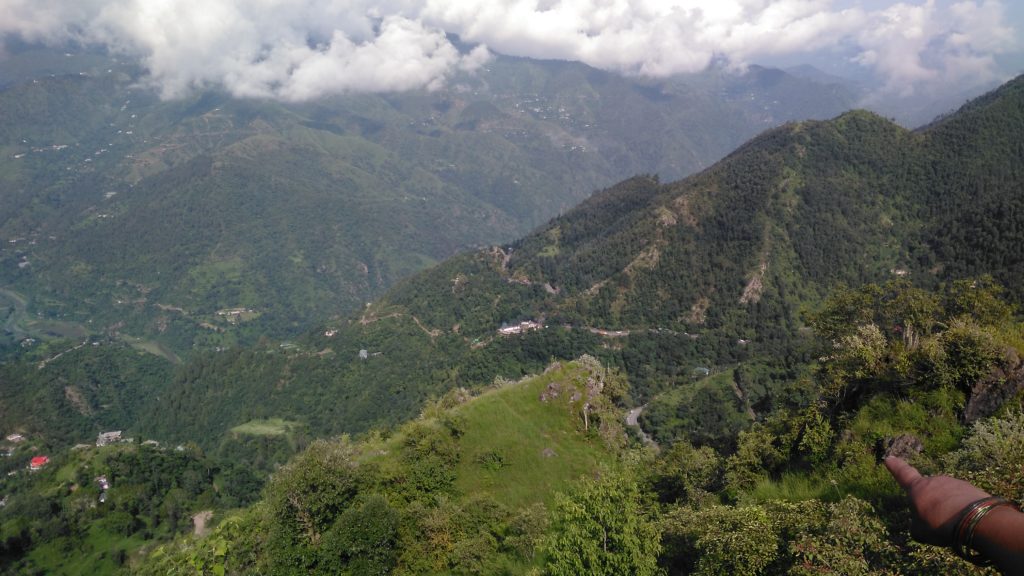
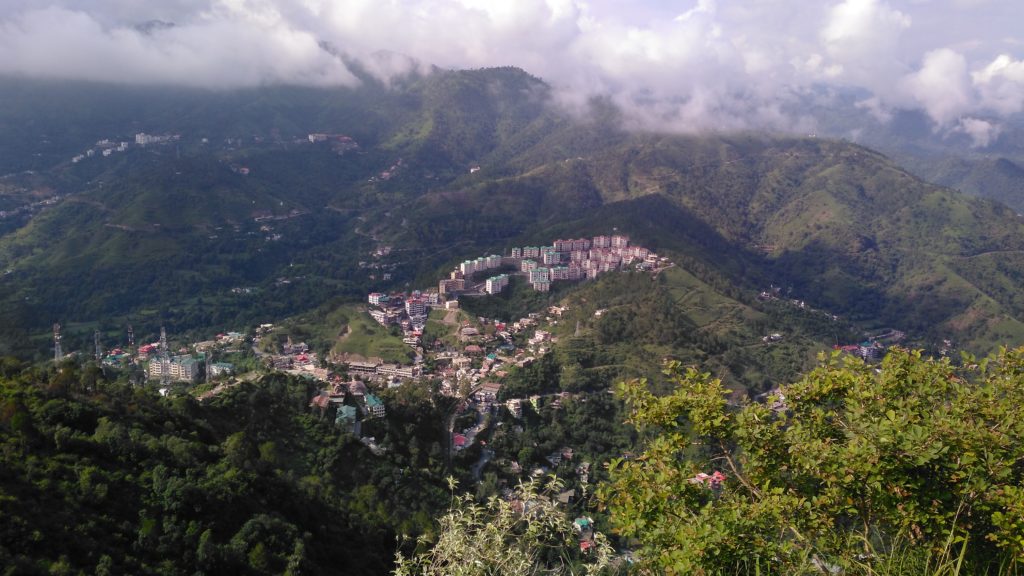
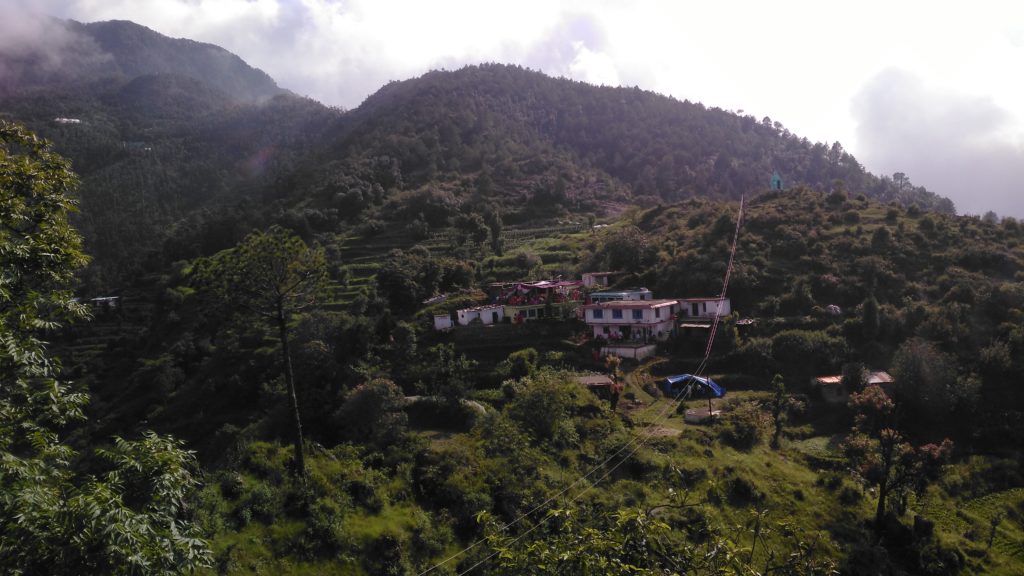
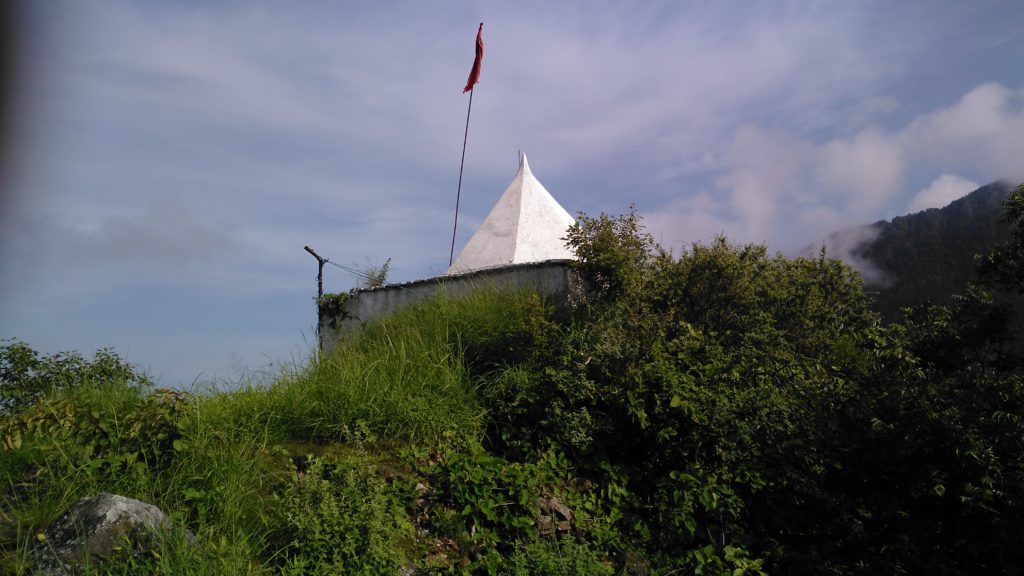
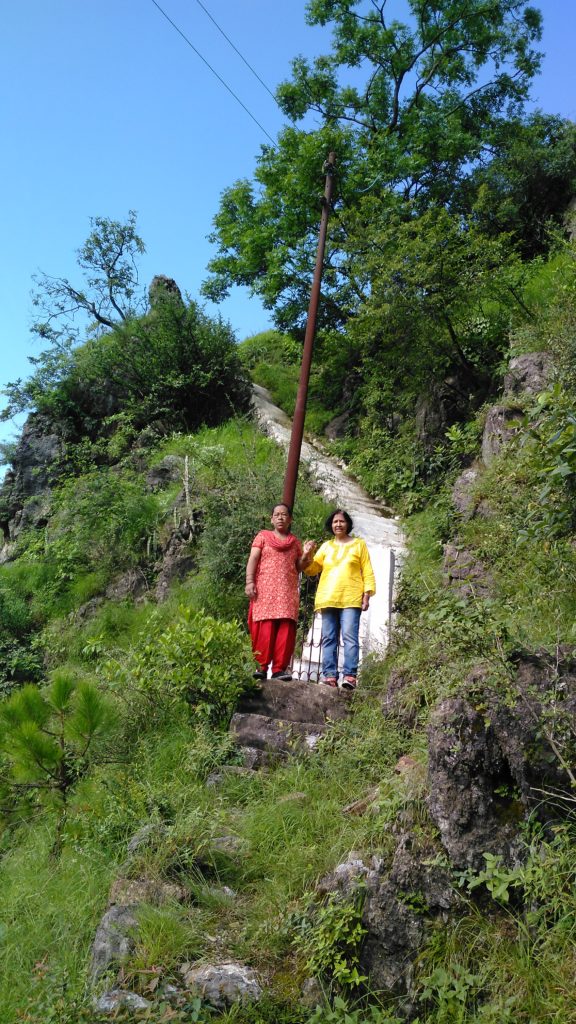
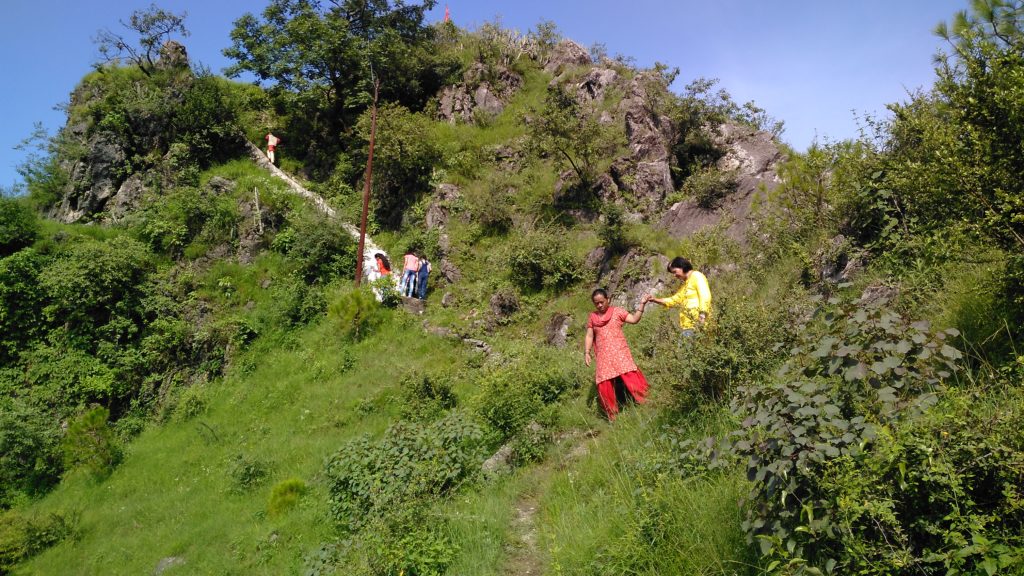
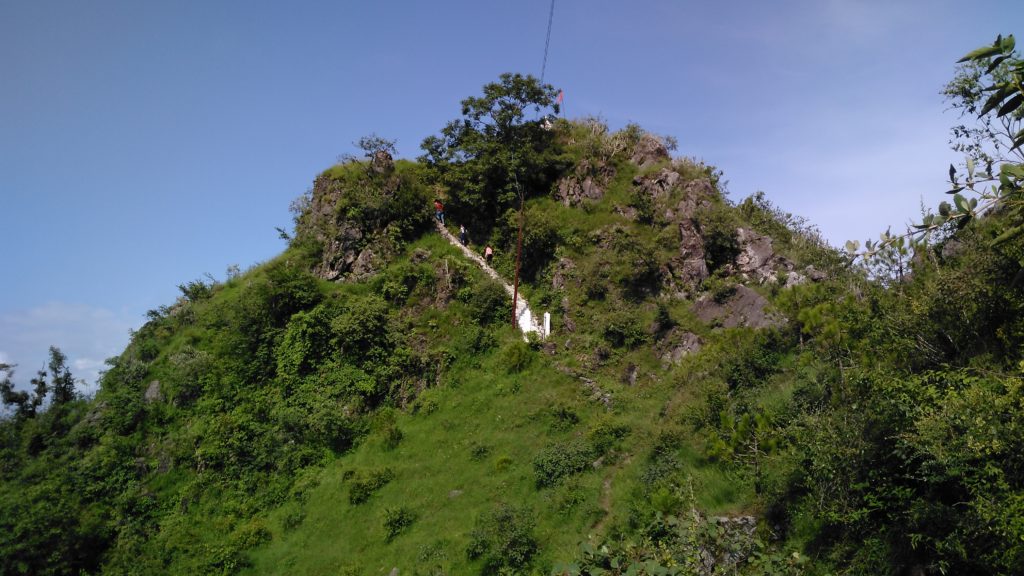
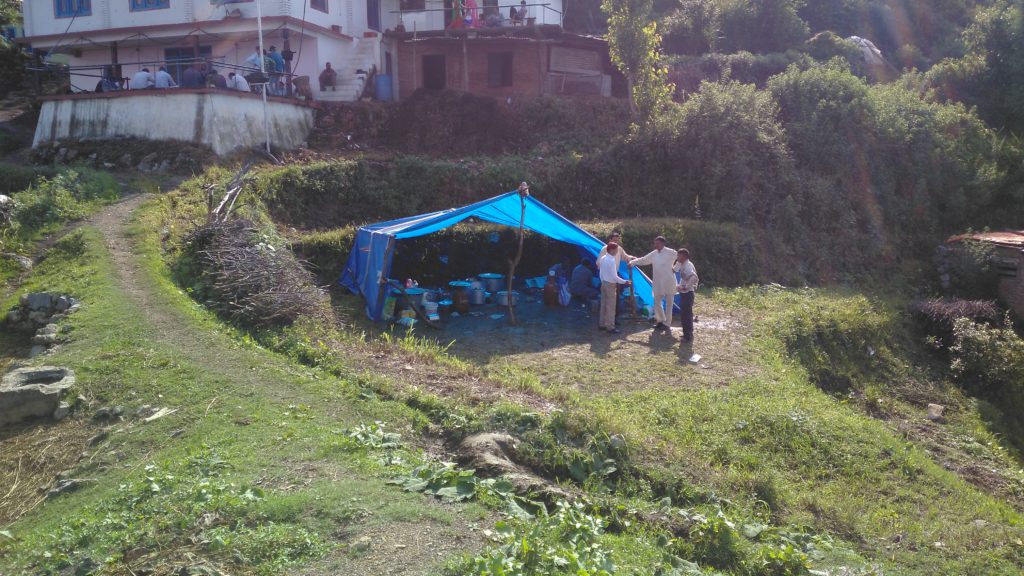
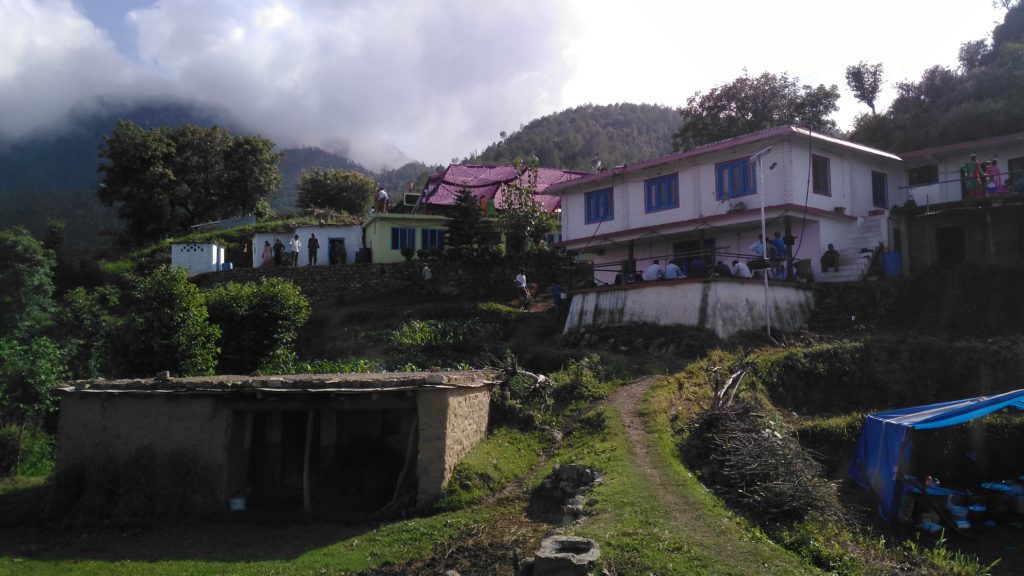
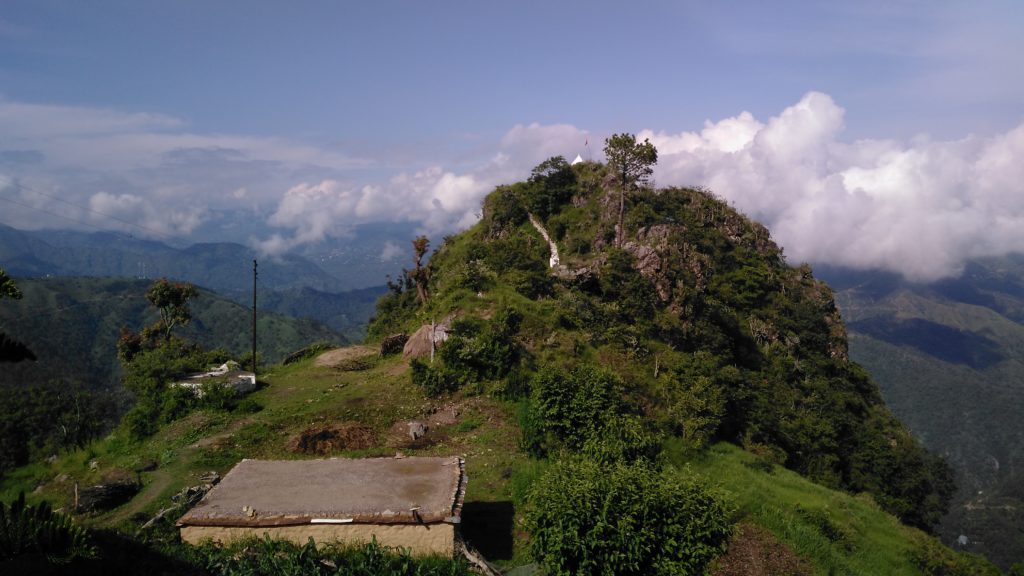
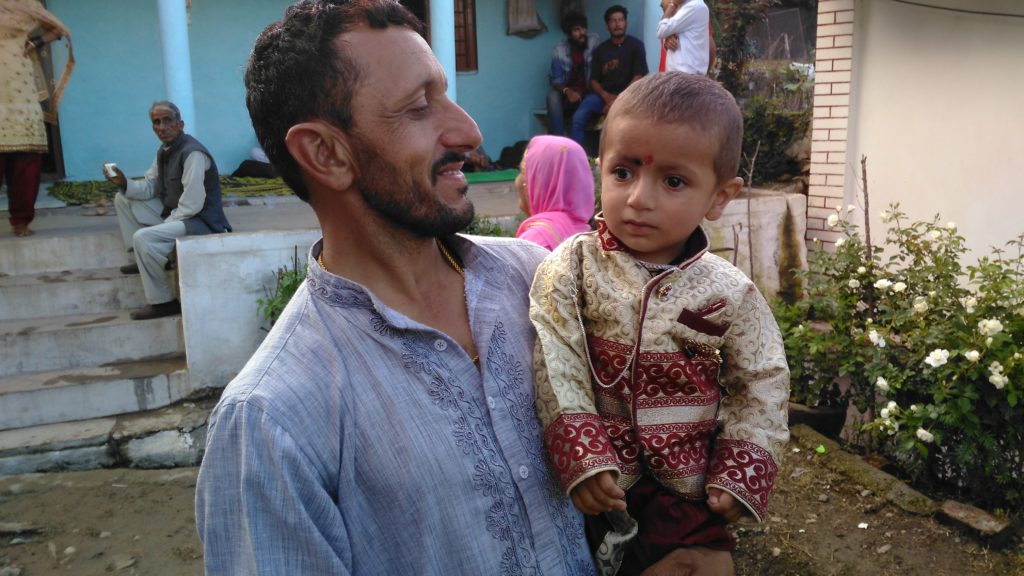
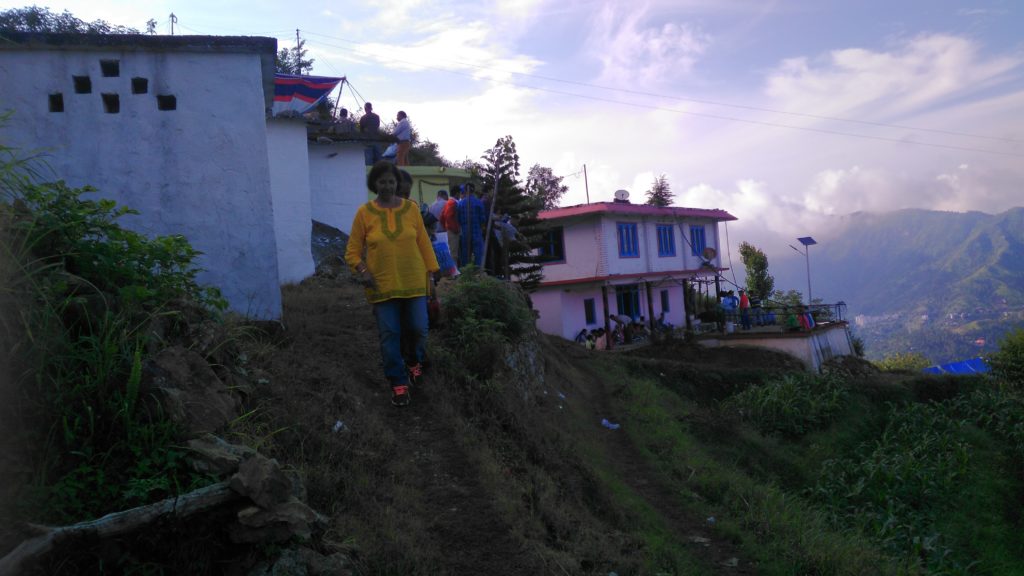
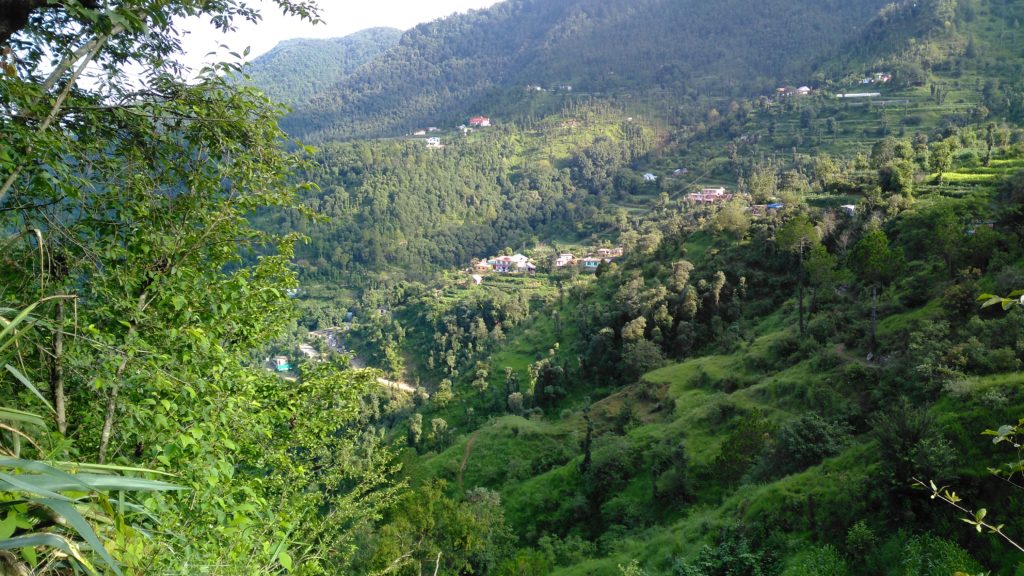
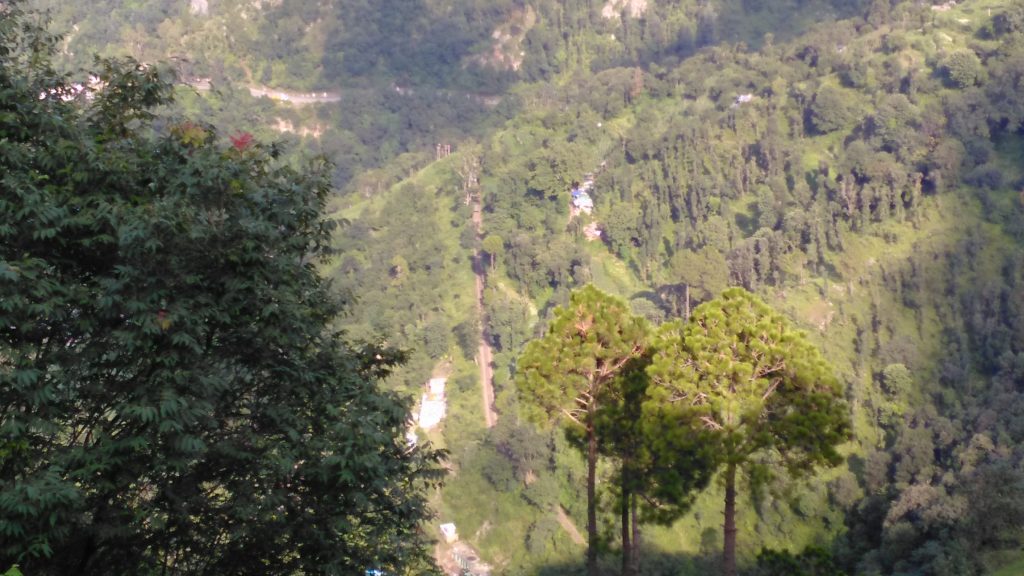
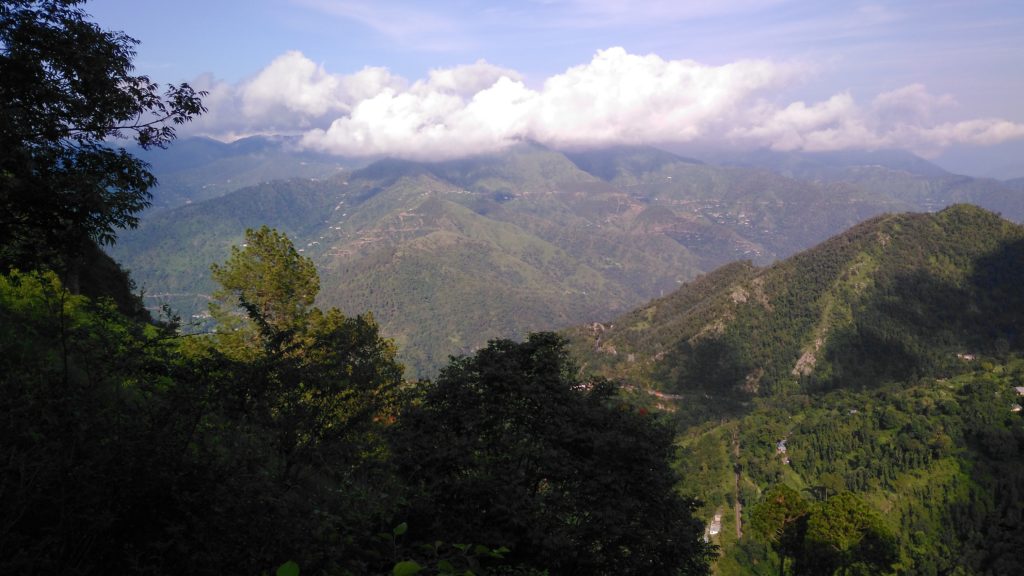
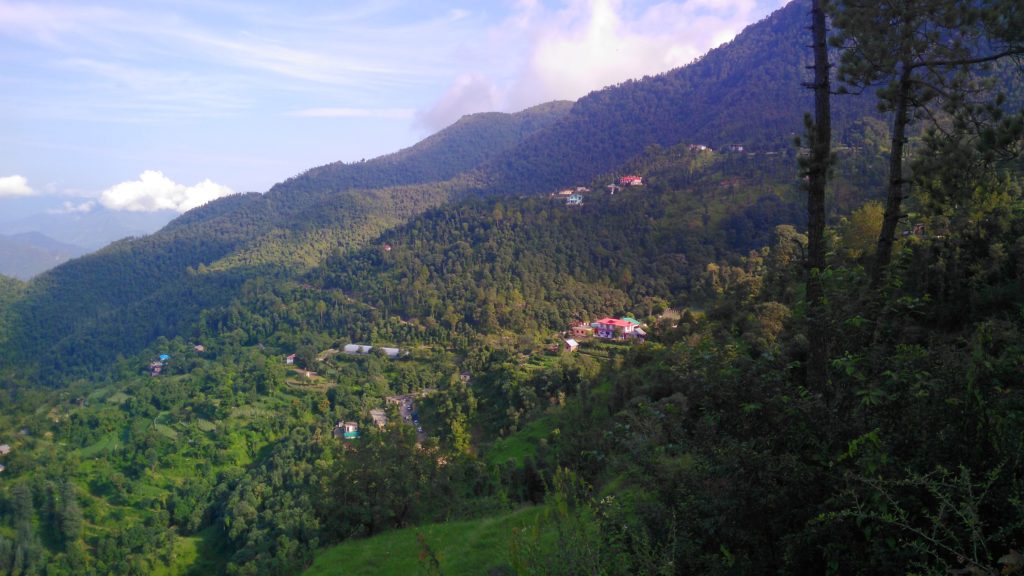
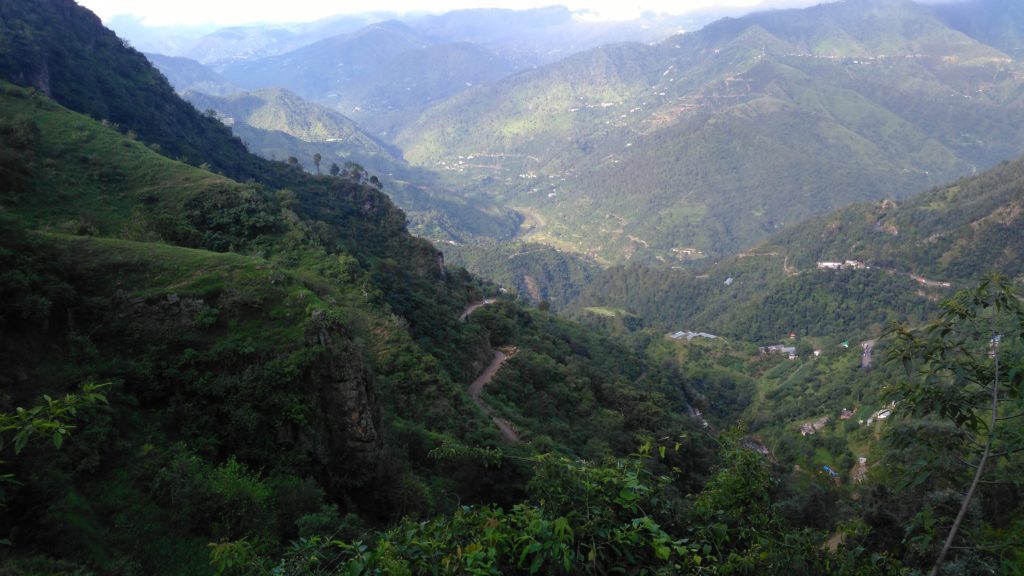
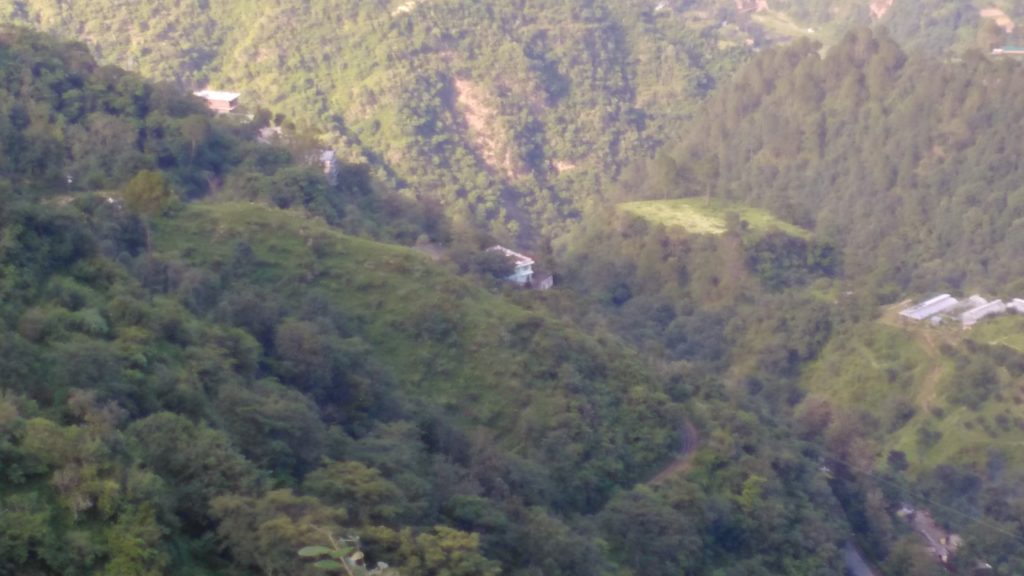
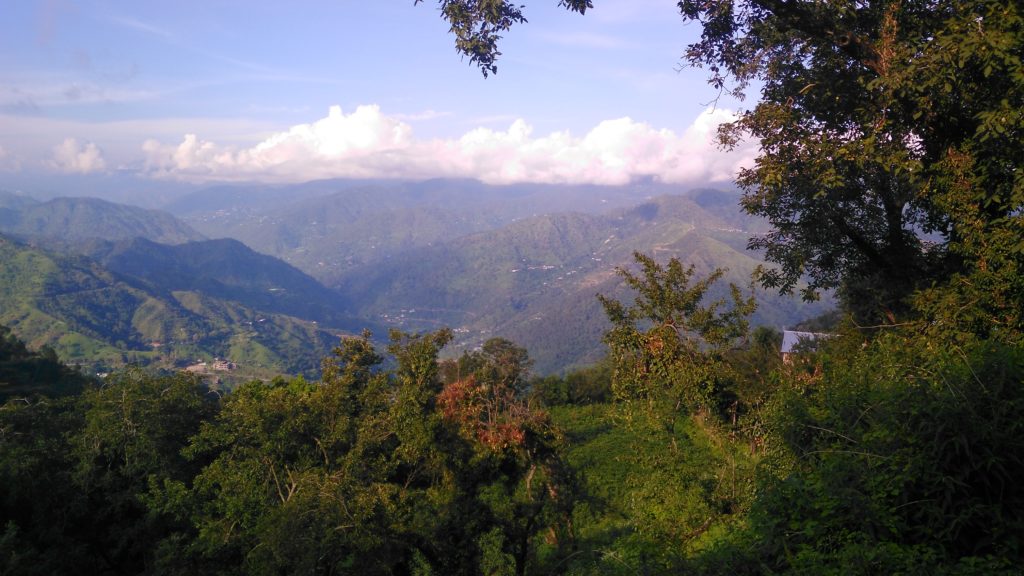
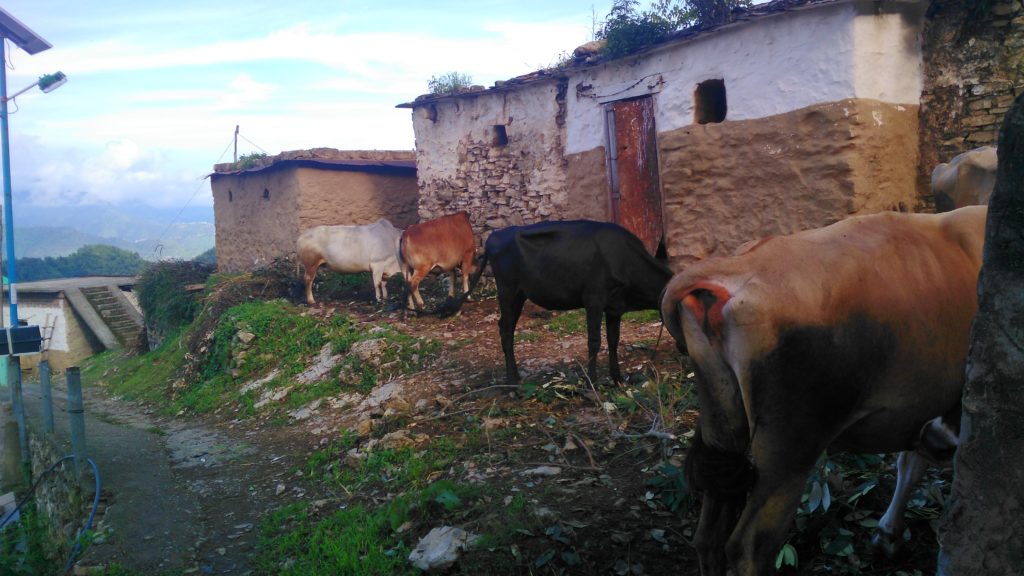
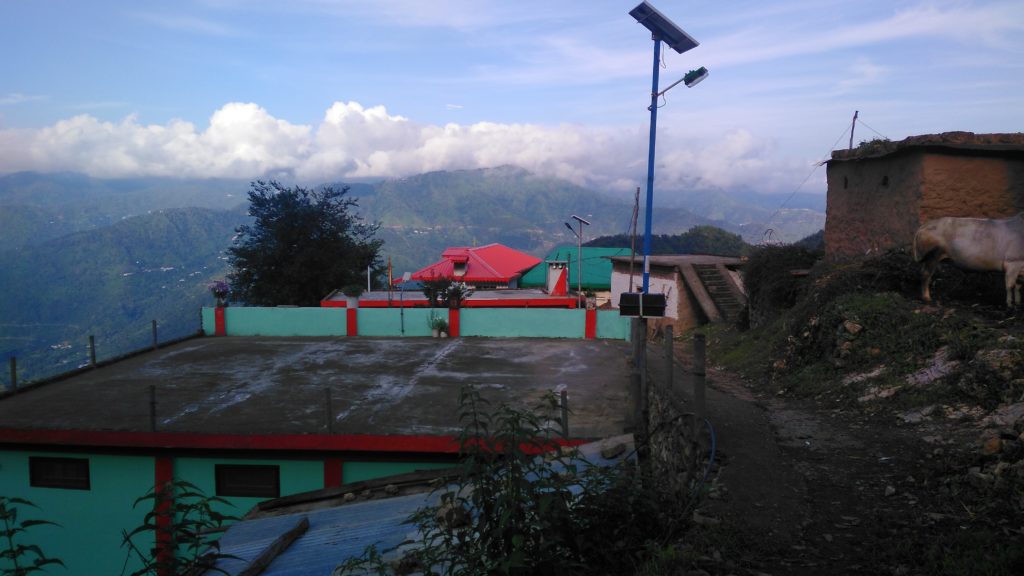
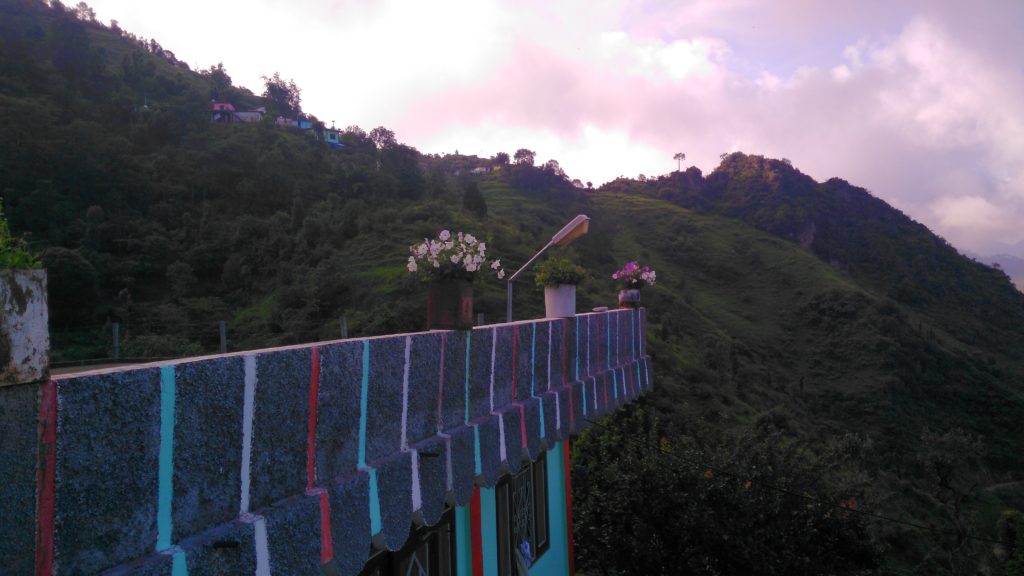
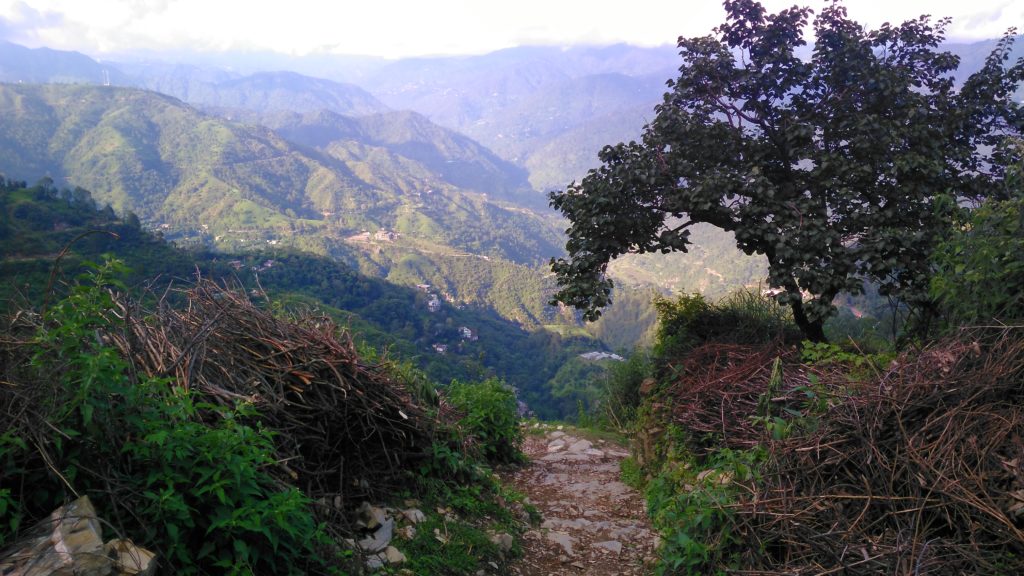
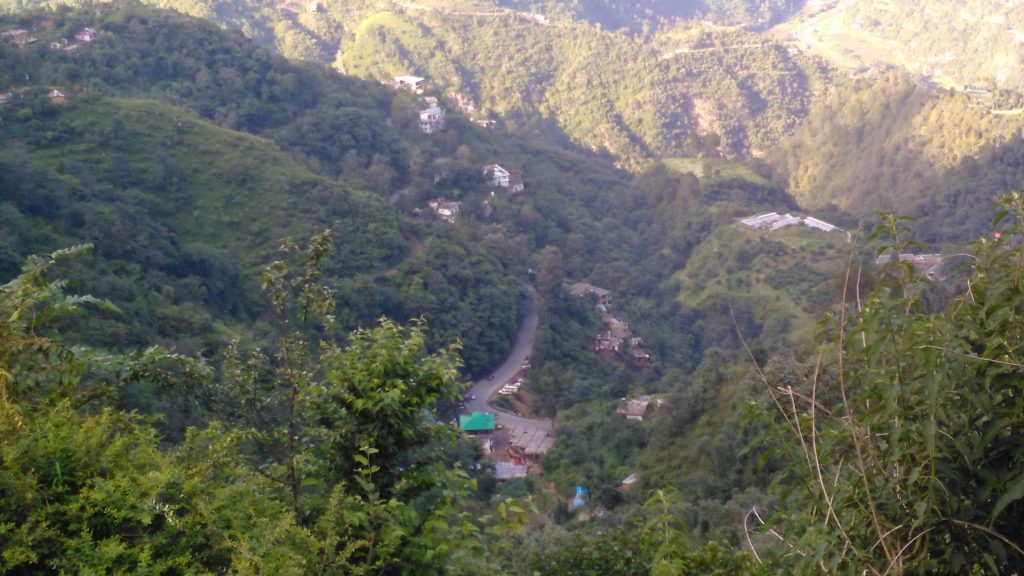
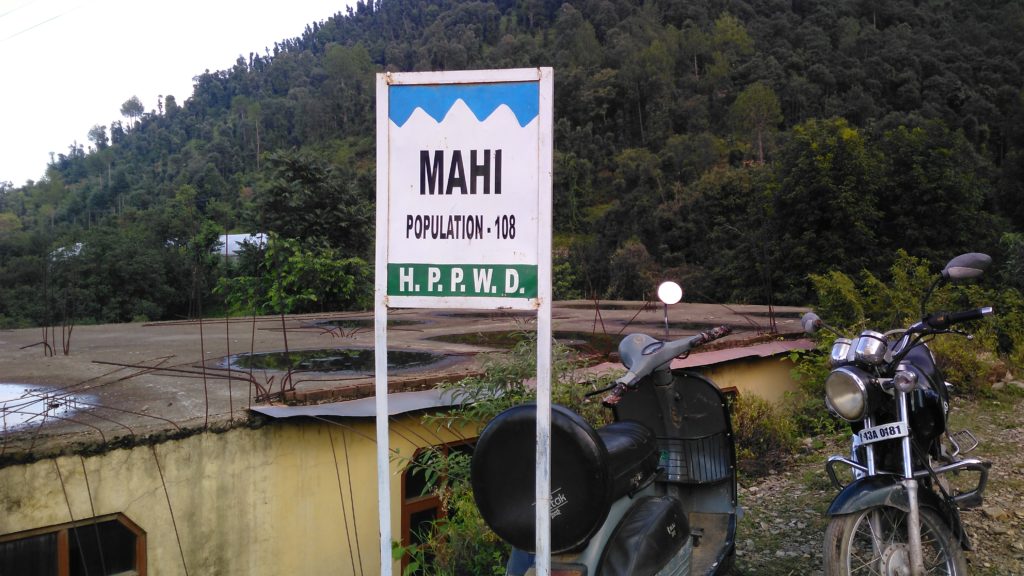
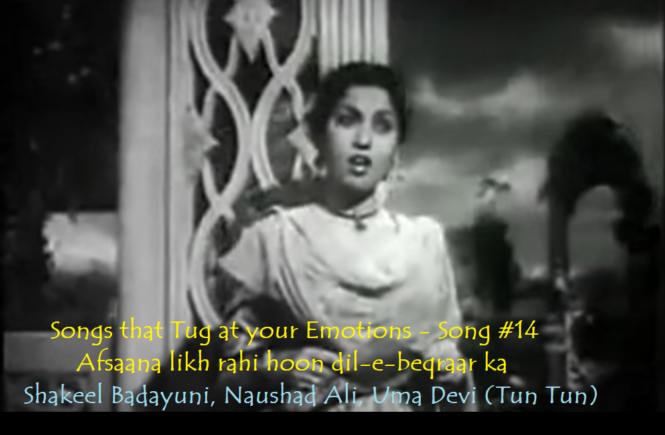
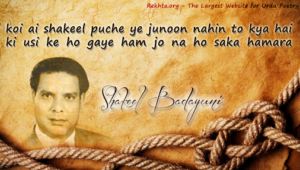 The other contemporary poets and lyricists wrote; but, I feel
The other contemporary poets and lyricists wrote; but, I feel 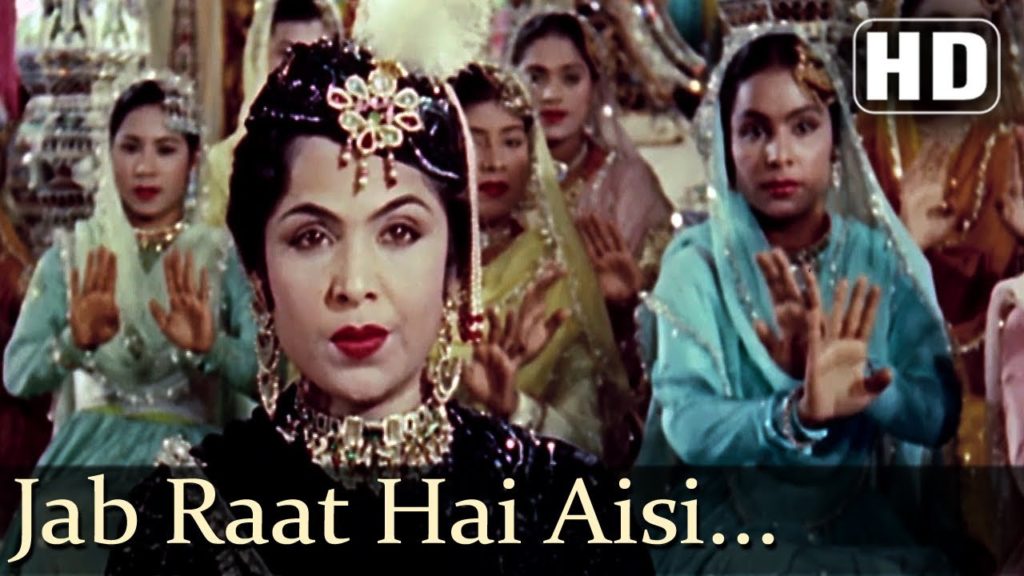
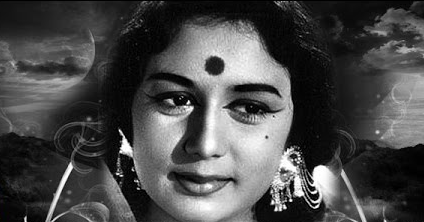
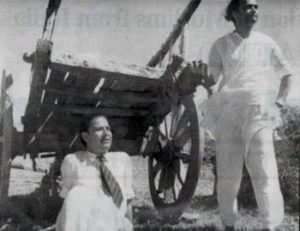
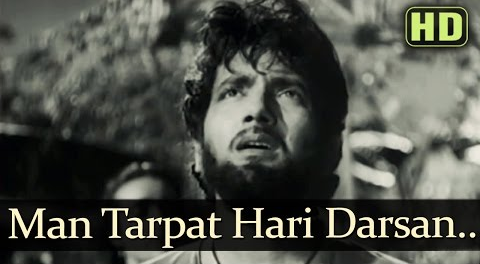
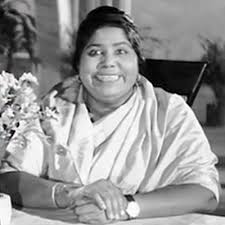 Lets talk a little about the singer
Lets talk a little about the singer 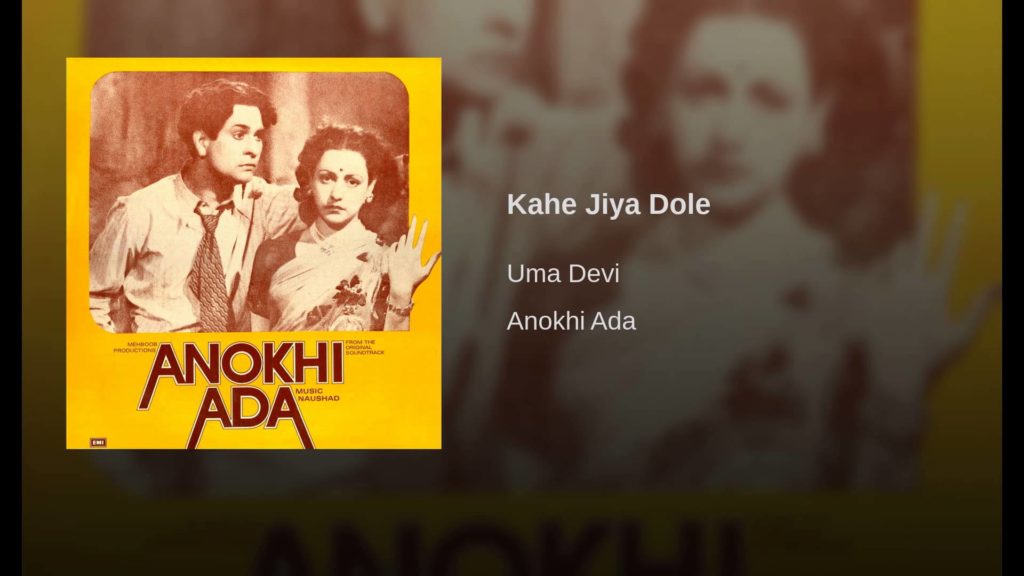
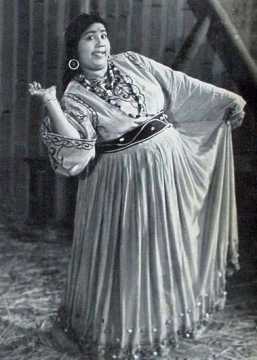
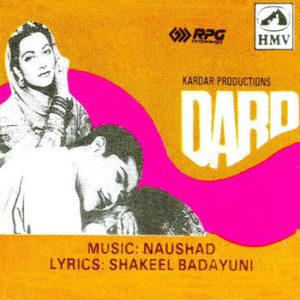 The movie from where I have taken this song is the
The movie from where I have taken this song is the 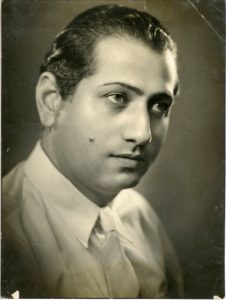
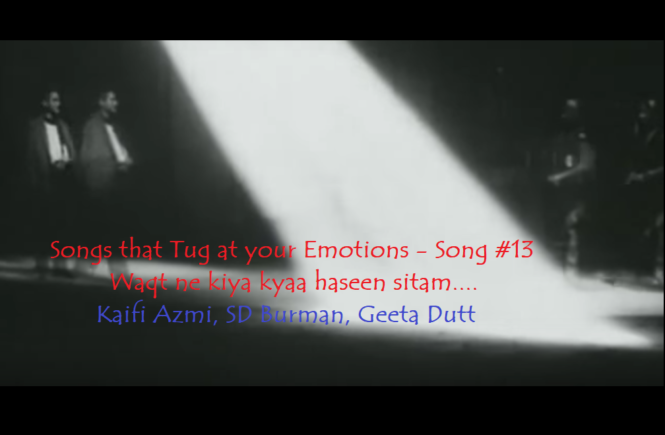
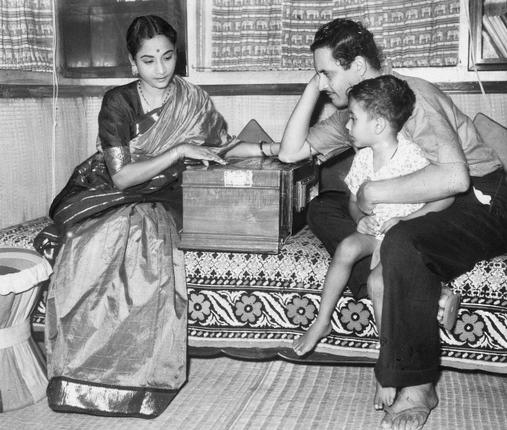
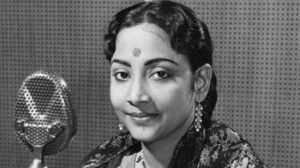
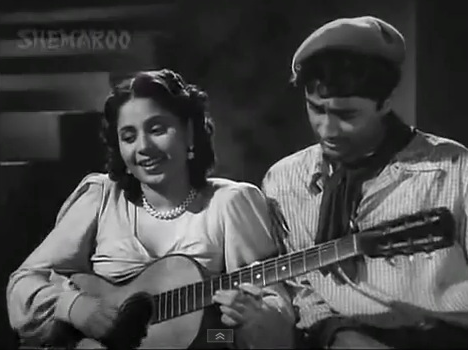
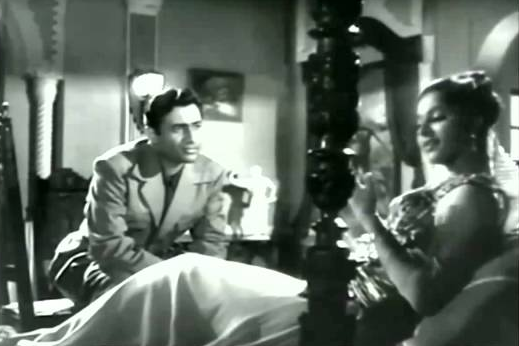
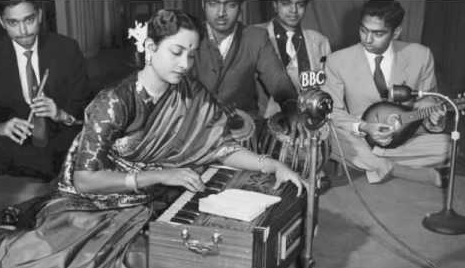
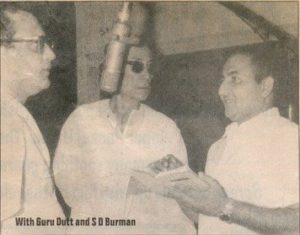 I have already, in my posts, said enough about the composer of this song:
I have already, in my posts, said enough about the composer of this song: 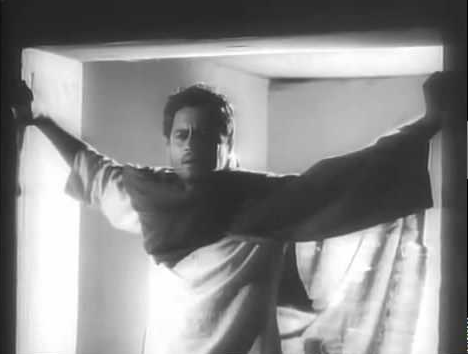
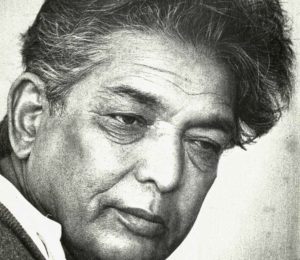 Finally, the lyricist of the song:
Finally, the lyricist of the song: 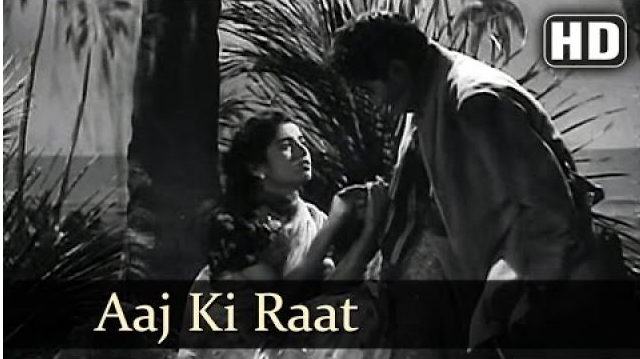
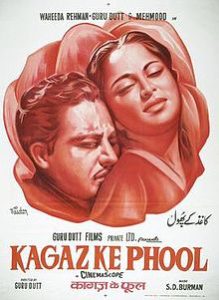
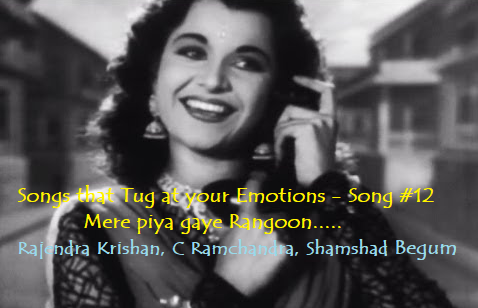
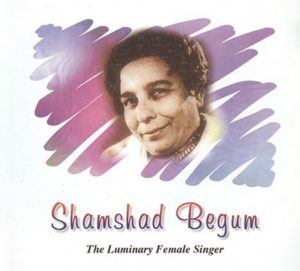
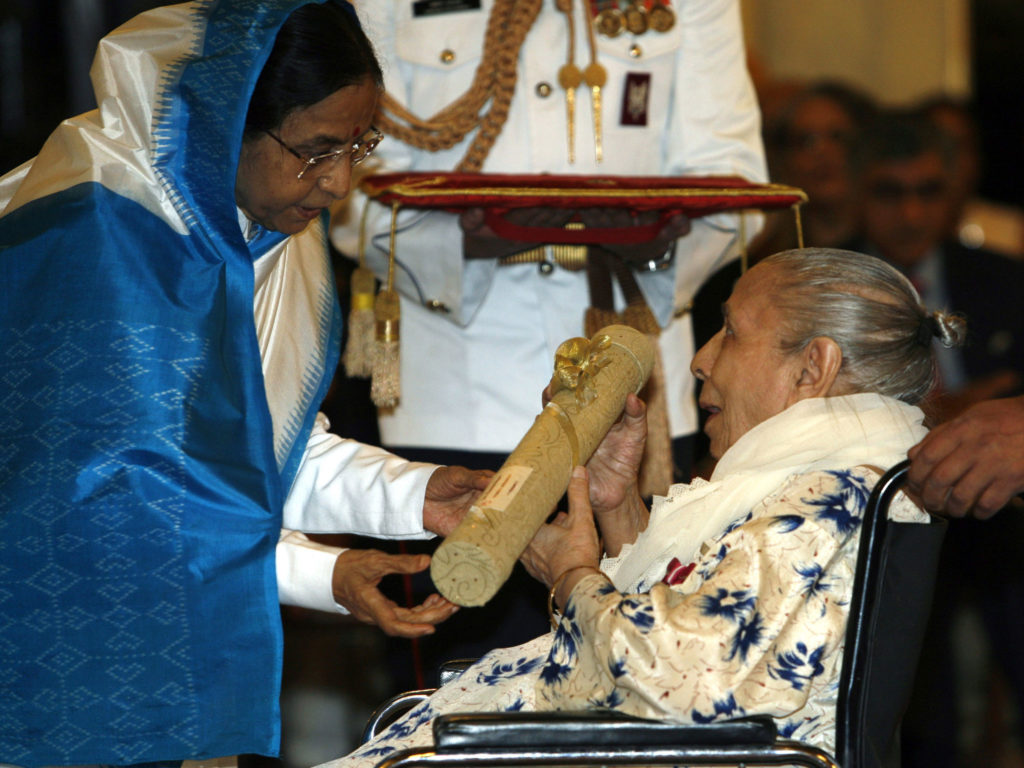
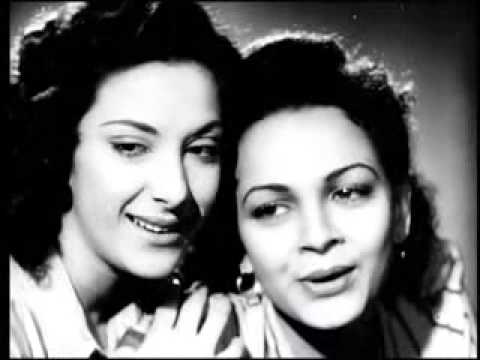
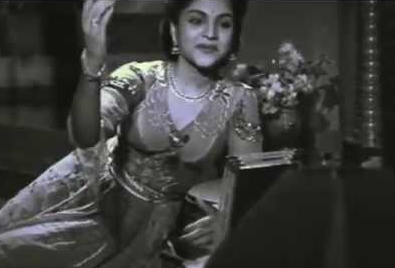
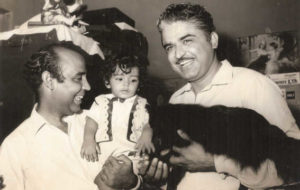
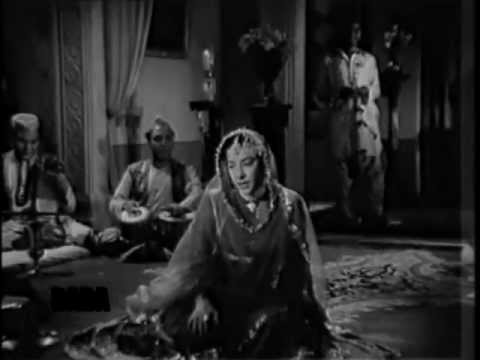
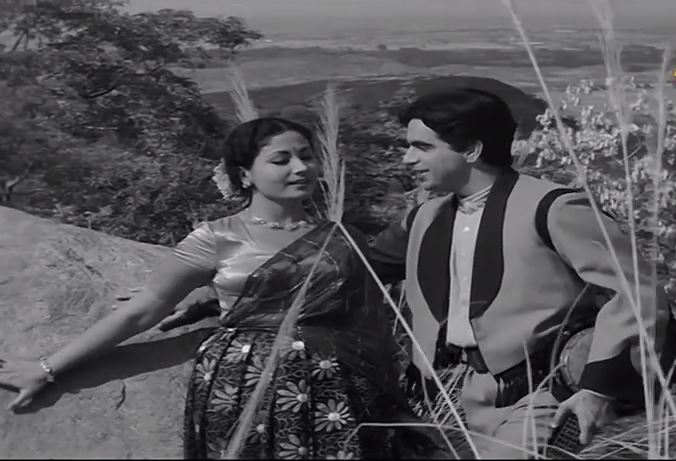
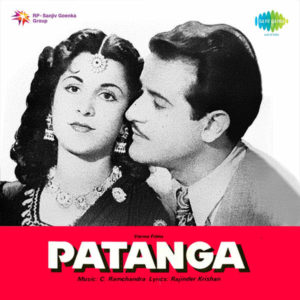 As I said, today’s song is from the 1949 Harnam Singh Rawail movie Patanga starring Nigar Sultana, Shyam, Yakub and Gope. The song is picturised on Nigar Sultana and Gope, sung by Shamshad Begum, on the lyrics of Rajendra Krishan and composition by C Ramchandra.
As I said, today’s song is from the 1949 Harnam Singh Rawail movie Patanga starring Nigar Sultana, Shyam, Yakub and Gope. The song is picturised on Nigar Sultana and Gope, sung by Shamshad Begum, on the lyrics of Rajendra Krishan and composition by C Ramchandra.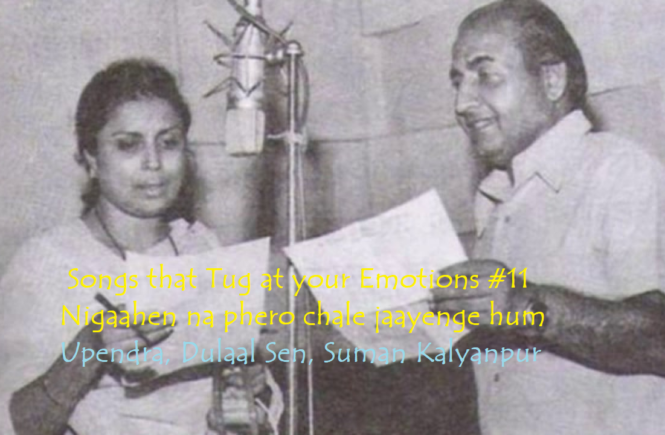
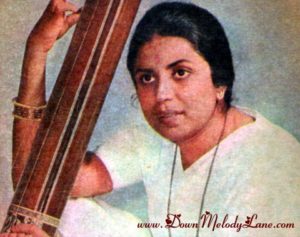
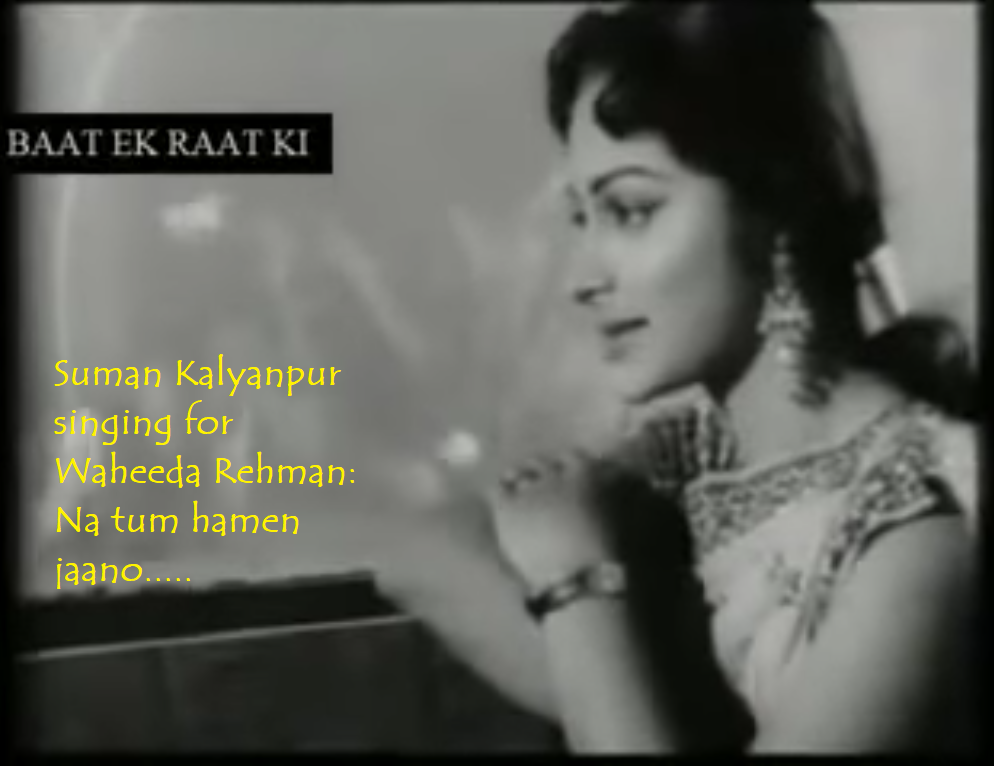
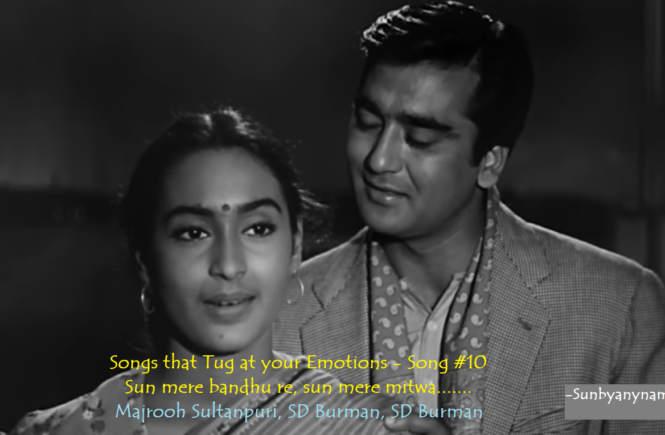
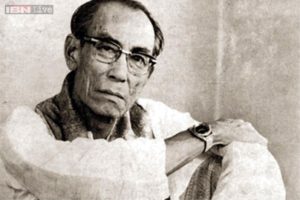 When you recall the life of one of the best and most influential composers in Hindi movies, it amazes you to know that he died on 31 Oct 1975, that is 42 years ago; however, his legacy and popularity continue as if it was yesterday. In addition to his delightful compositions that were both raaga based and semi-classical, he had a powerful singing voice that transported one to the atmosphere of the song as driftwood in strong flow. He didn’y allow his voice to be lent as playback singer for actors. Hence, his singing voice was often used as a background commentary. Here in this song, Bimal Roy has used his voice to convey the feelings of the actress Nutan in the title role of Sujata through background singing (lip-syncing) by a boatman in the river Hoogly.
When you recall the life of one of the best and most influential composers in Hindi movies, it amazes you to know that he died on 31 Oct 1975, that is 42 years ago; however, his legacy and popularity continue as if it was yesterday. In addition to his delightful compositions that were both raaga based and semi-classical, he had a powerful singing voice that transported one to the atmosphere of the song as driftwood in strong flow. He didn’y allow his voice to be lent as playback singer for actors. Hence, his singing voice was often used as a background commentary. Here in this song, Bimal Roy has used his voice to convey the feelings of the actress Nutan in the title role of Sujata through background singing (lip-syncing) by a boatman in the river Hoogly.
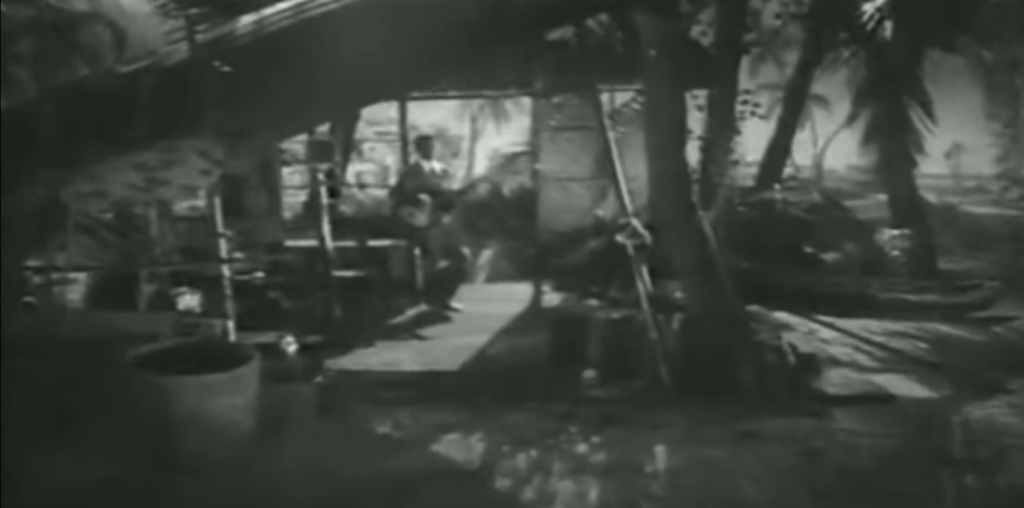
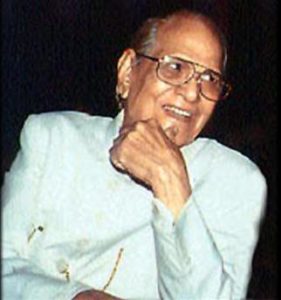 After 1957, he had another great pairing with
After 1957, he had another great pairing with 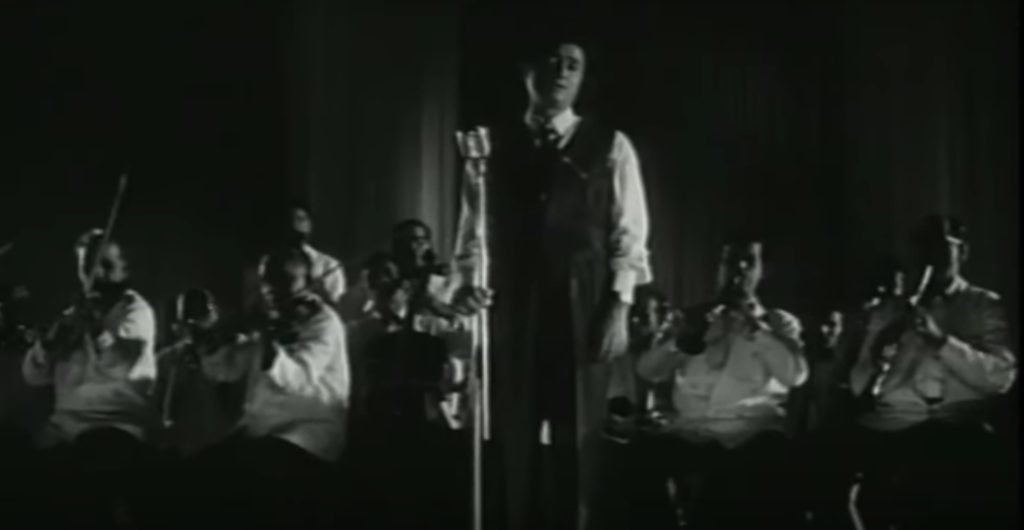
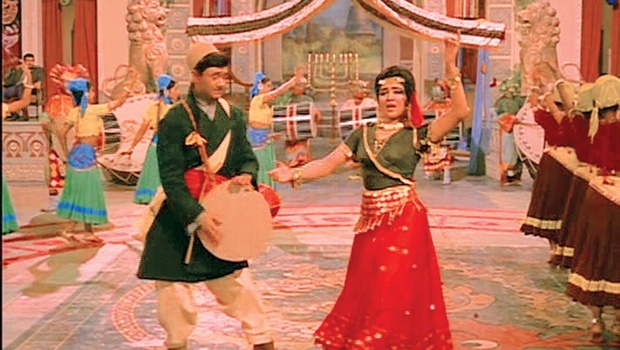
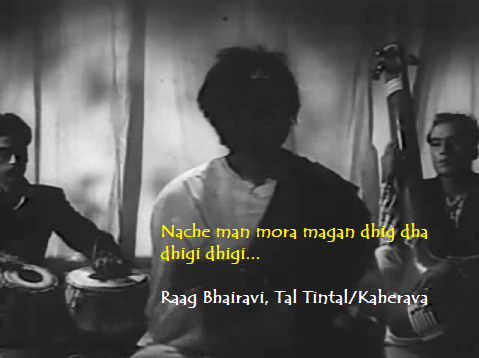
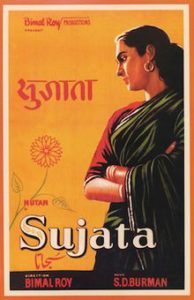
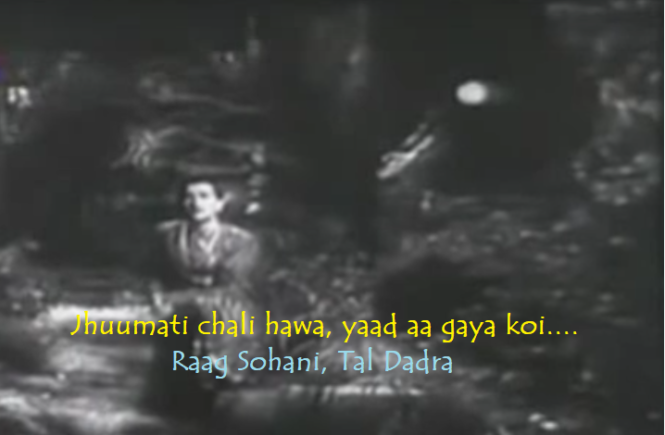
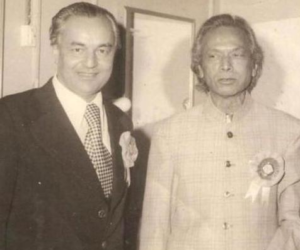
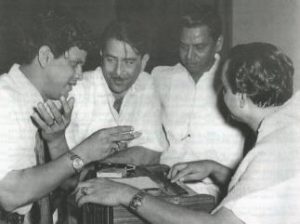
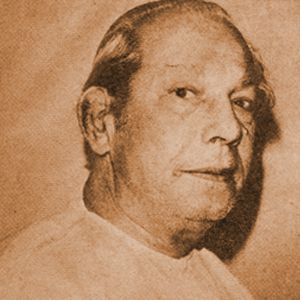
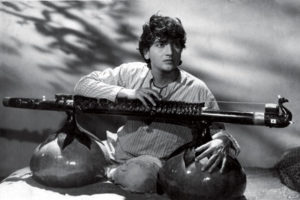
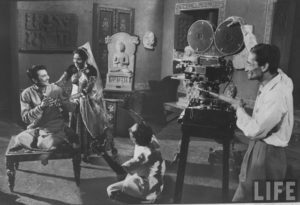
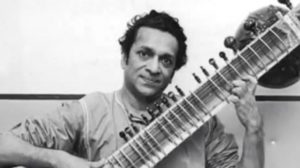 Before we actually take up the song, first, lets take up the
Before we actually take up the song, first, lets take up the